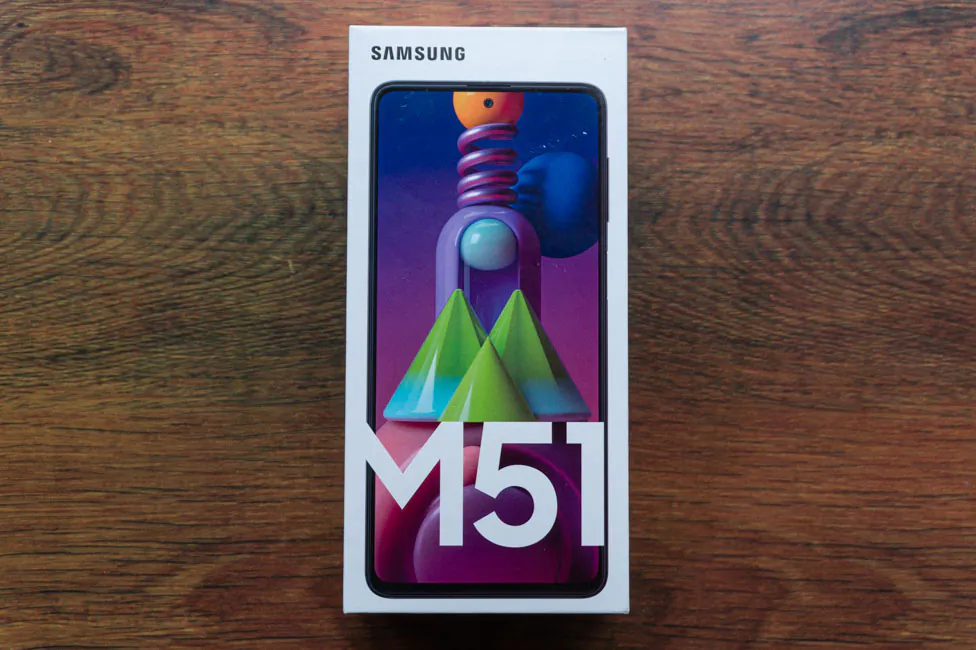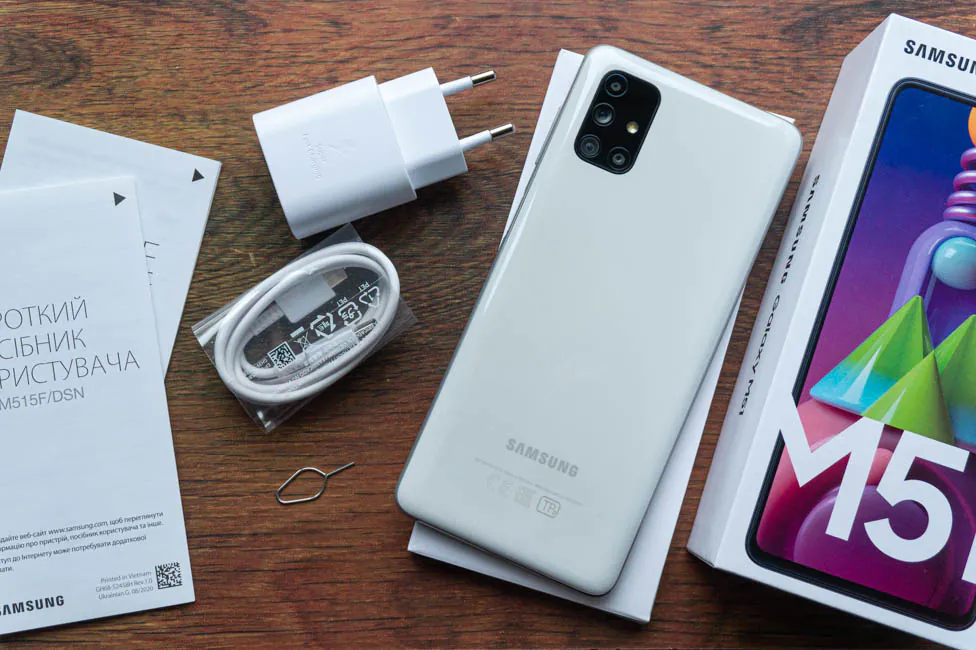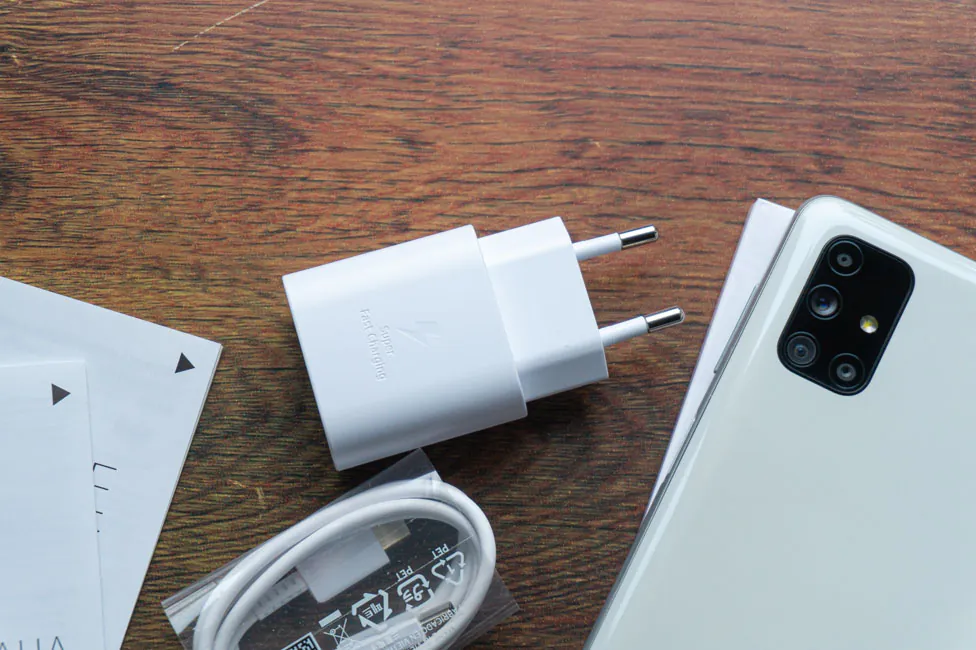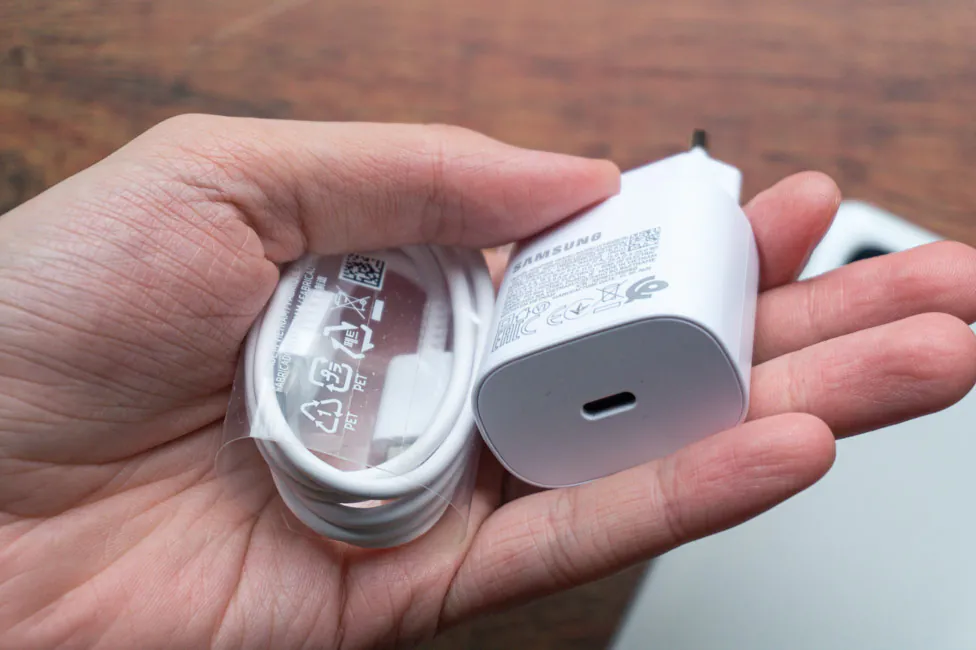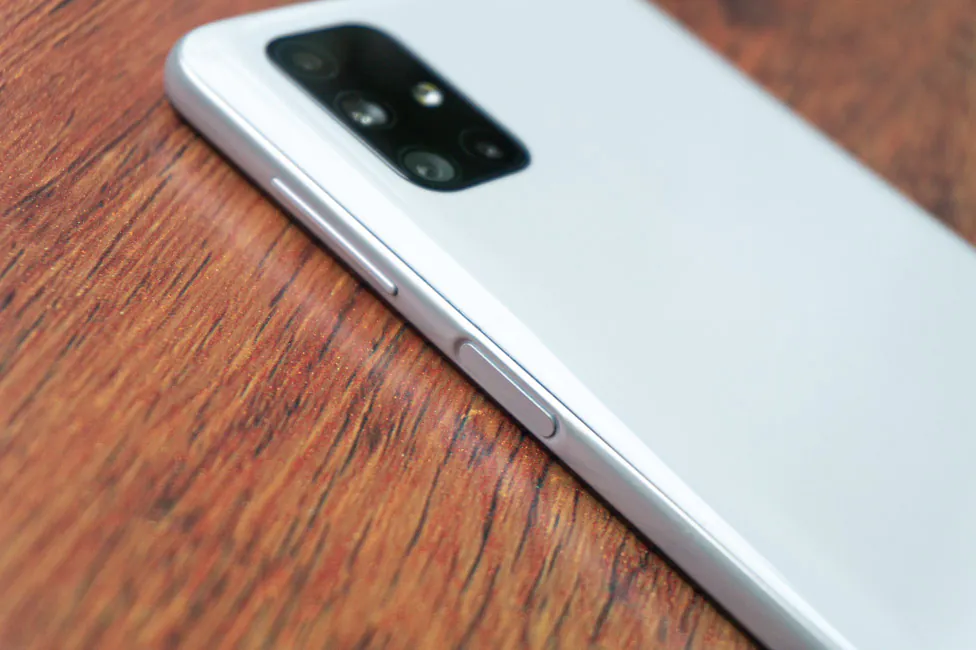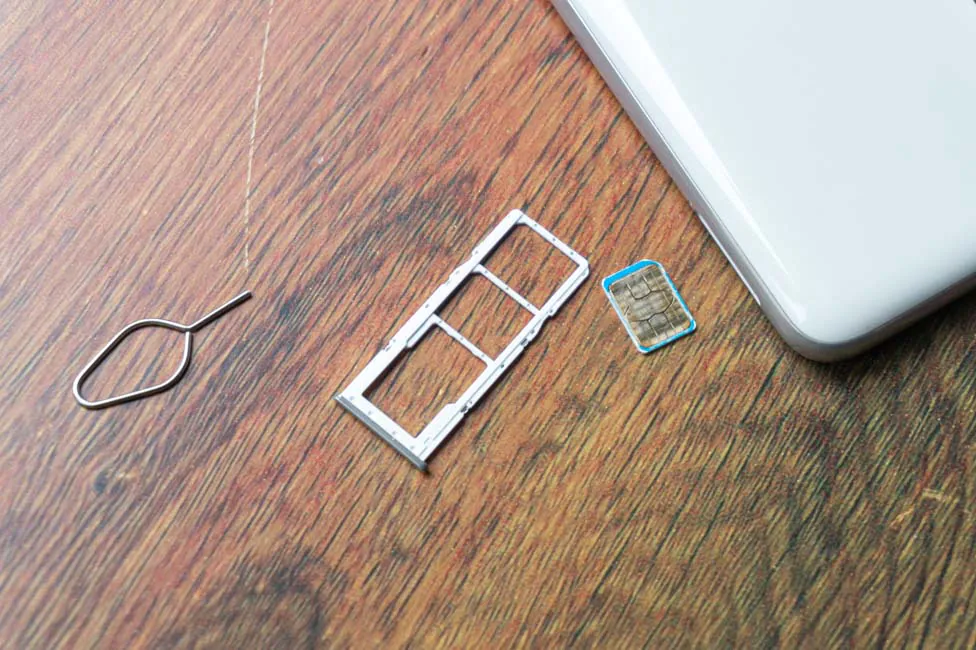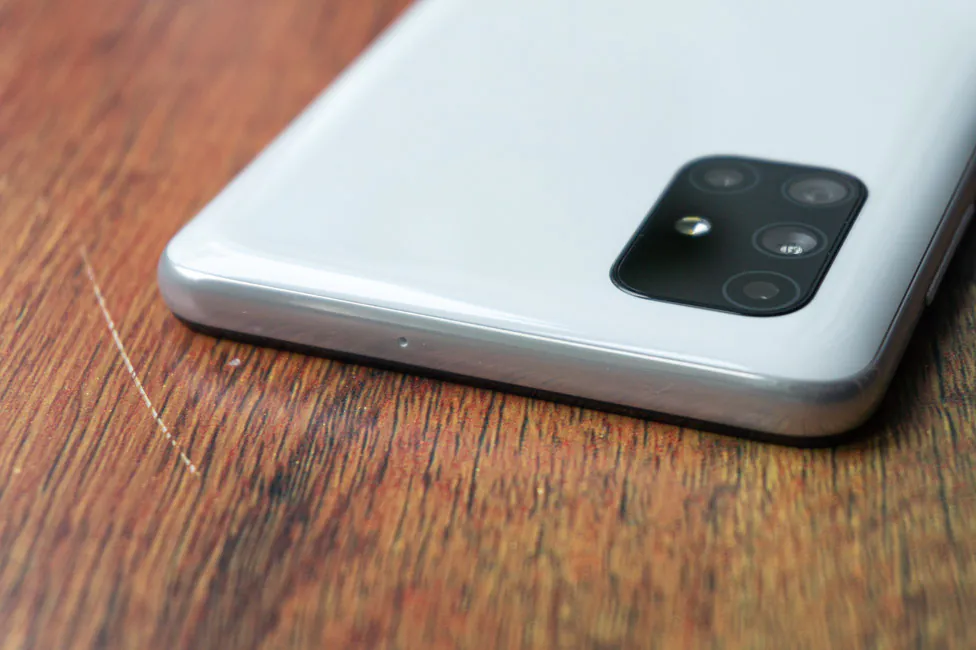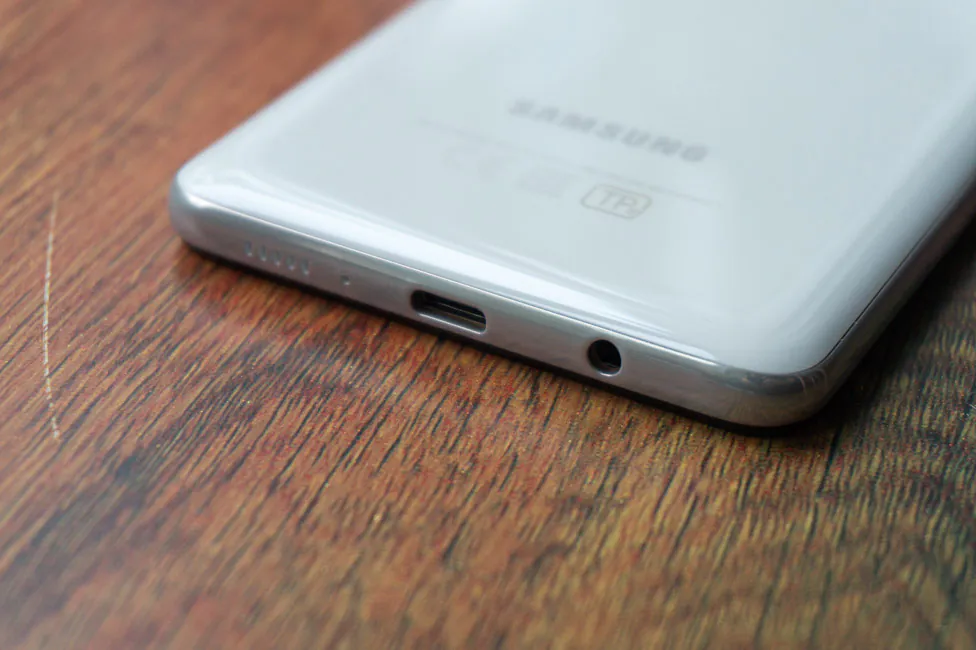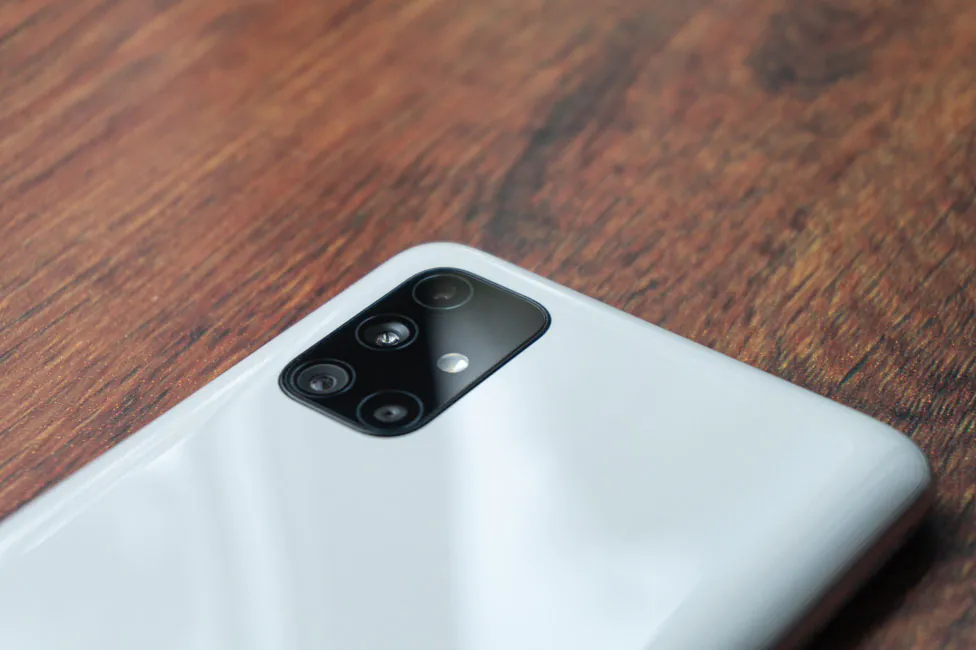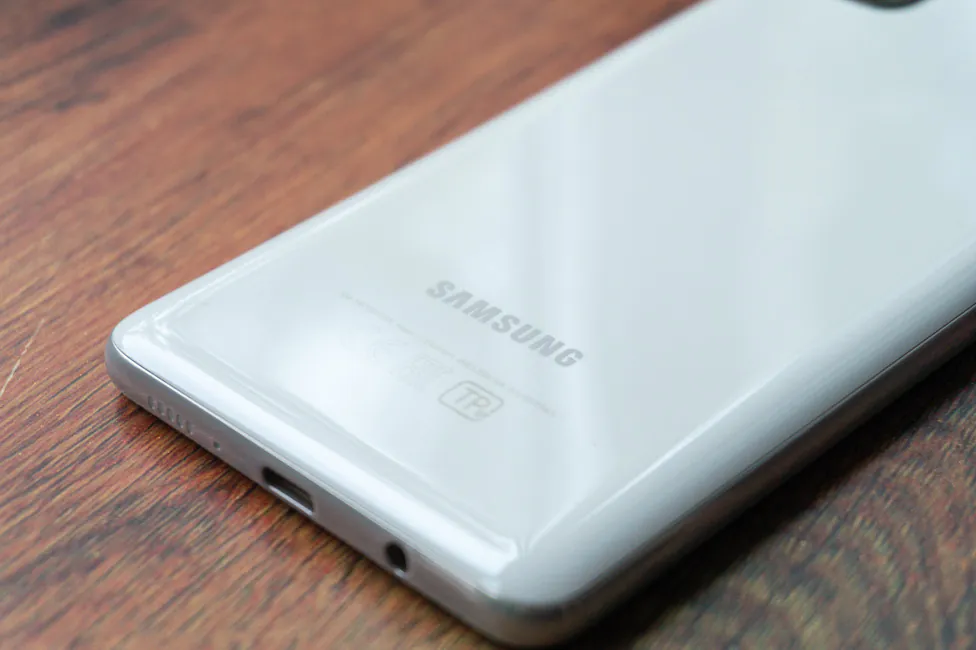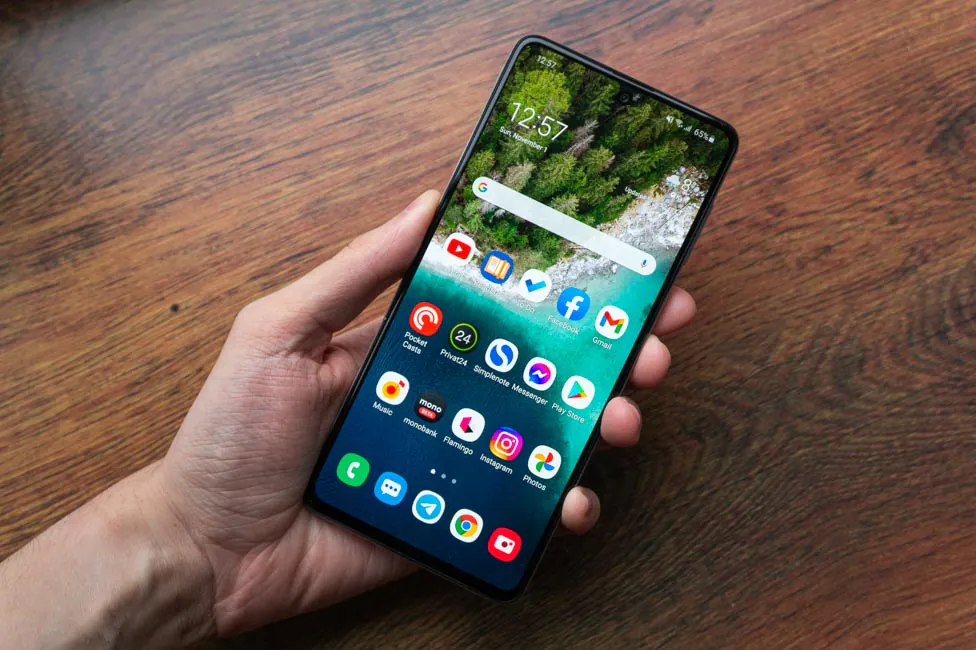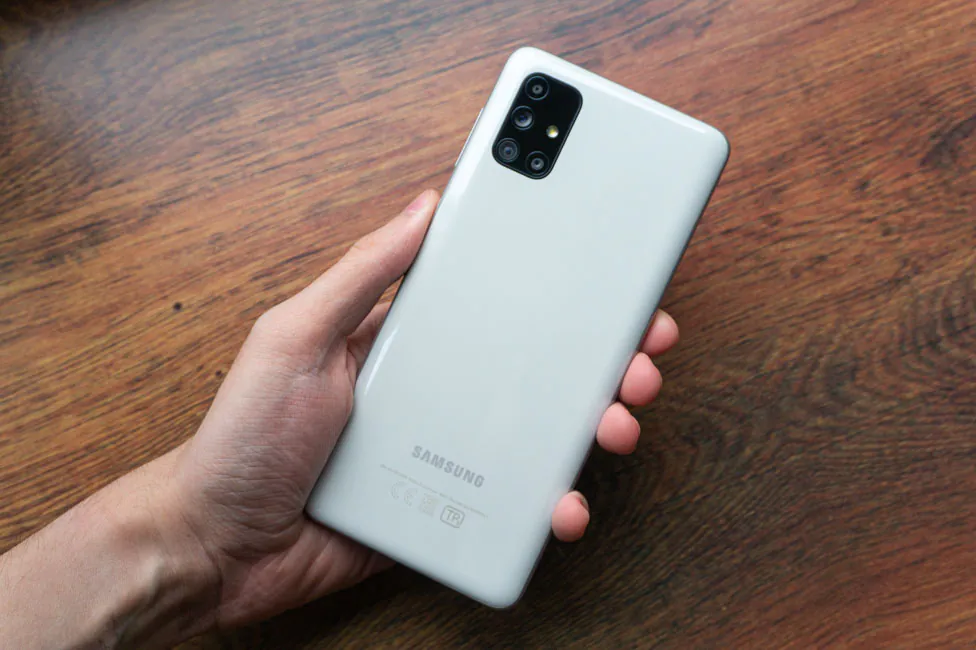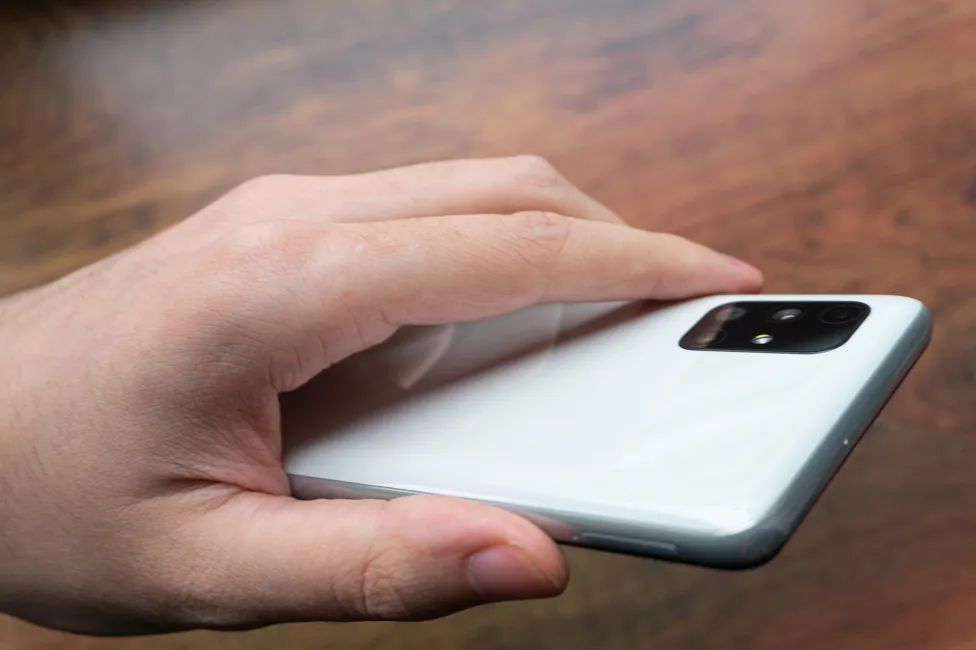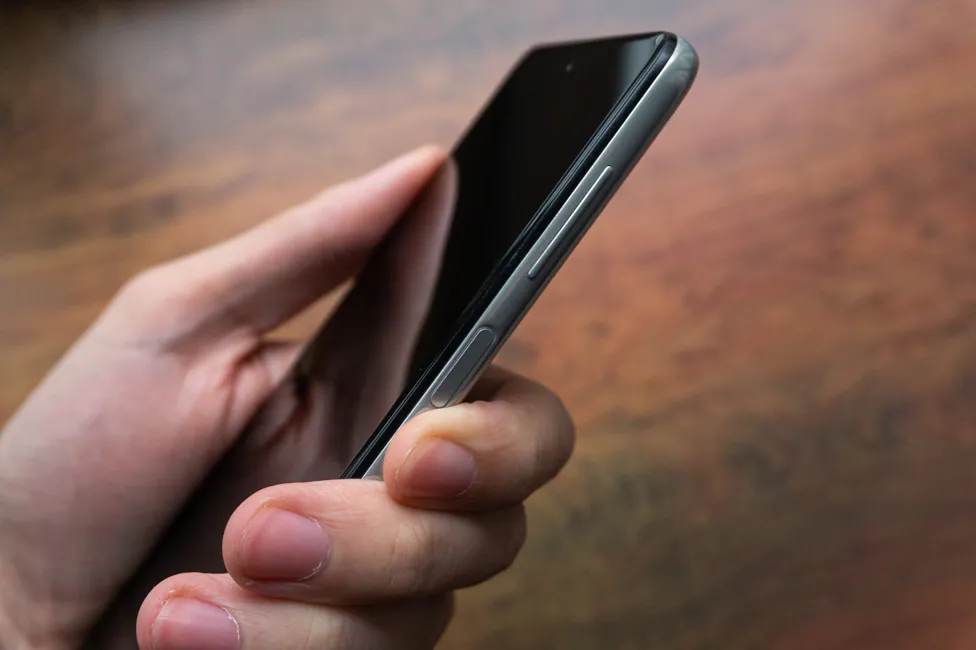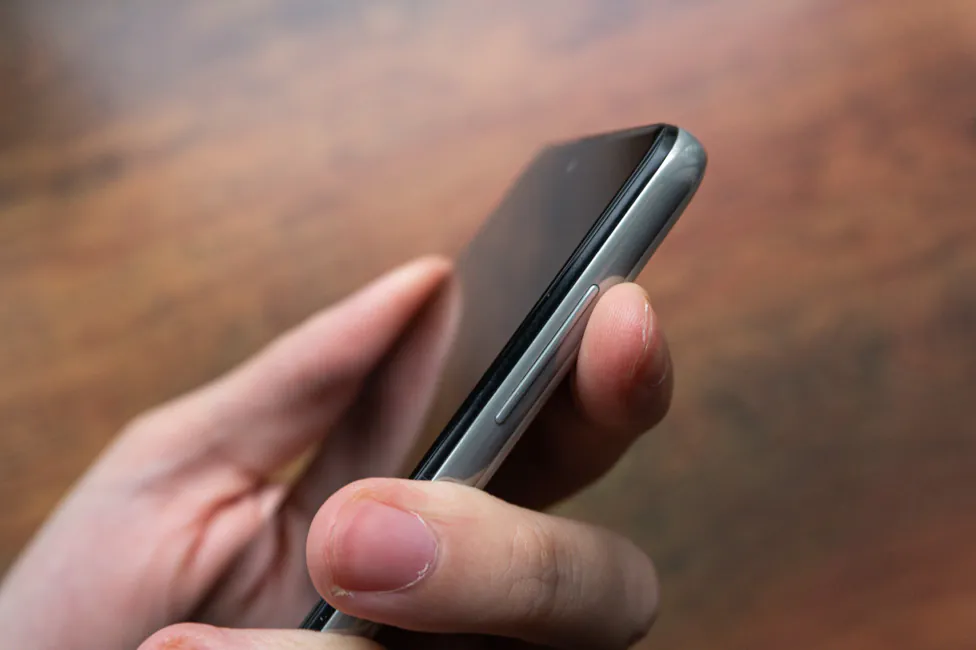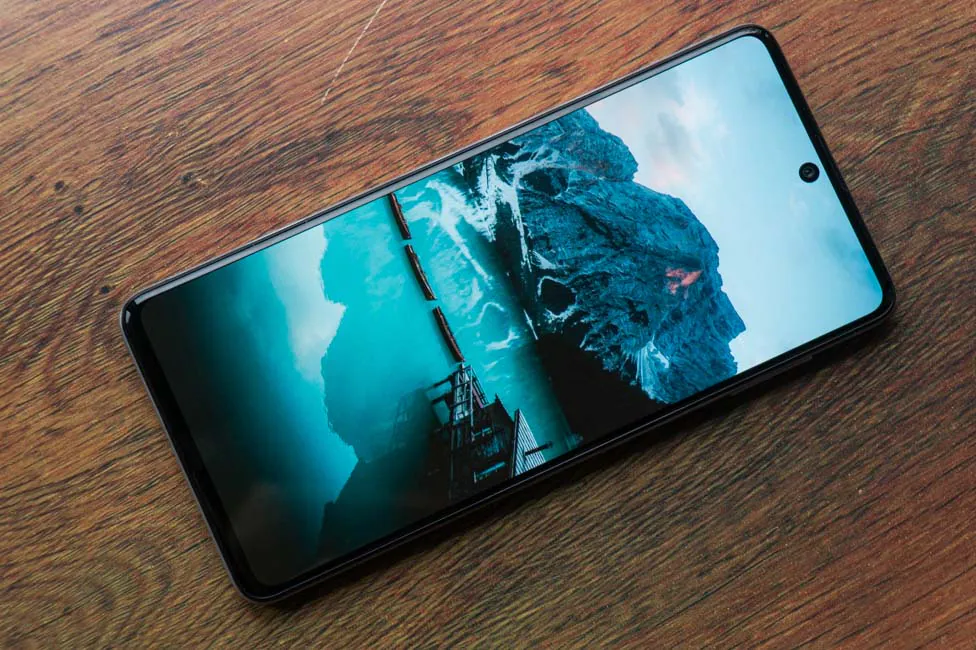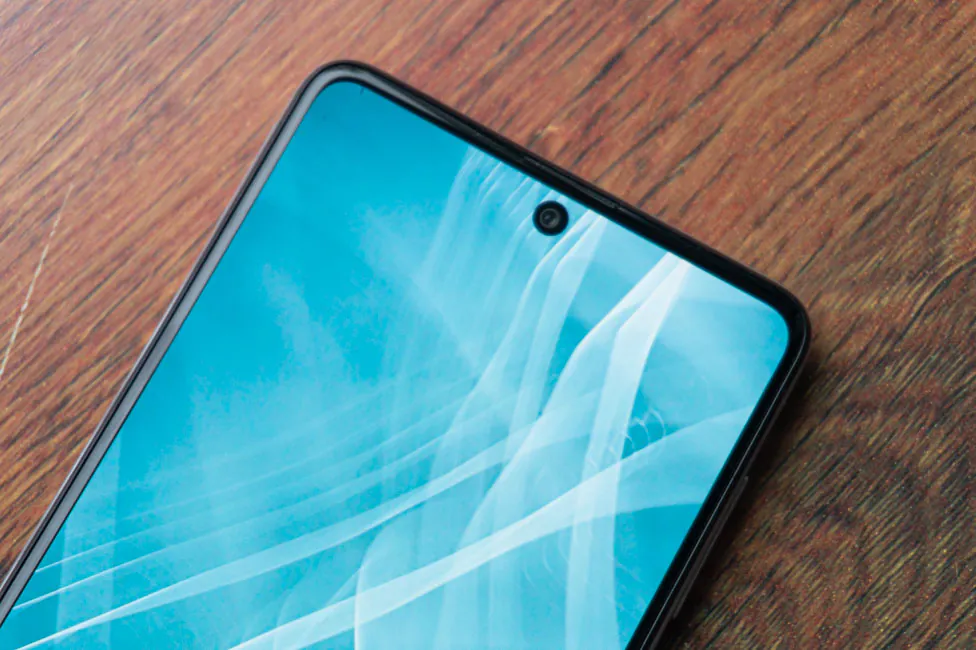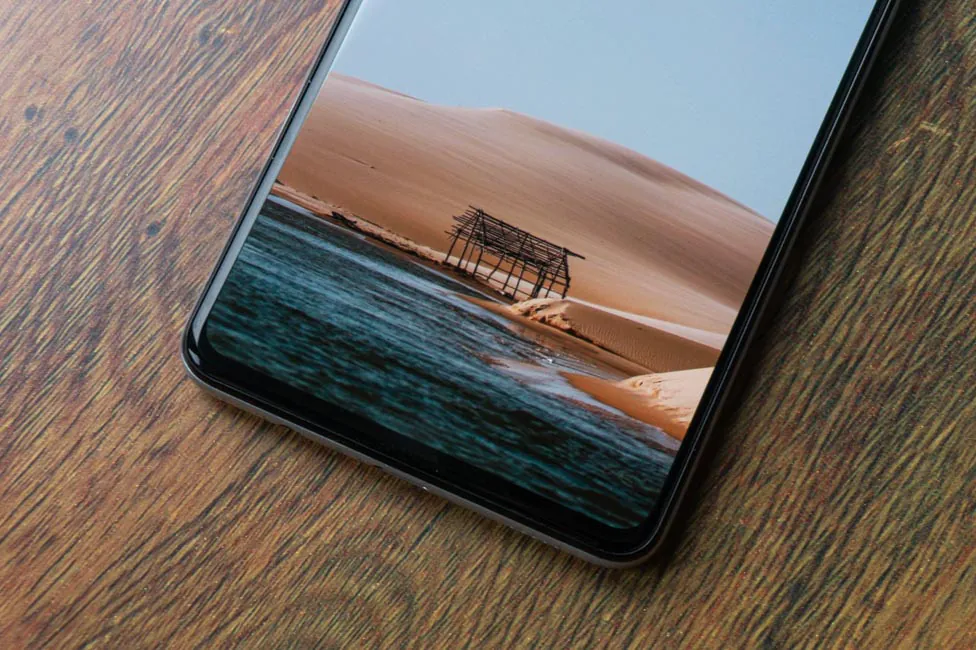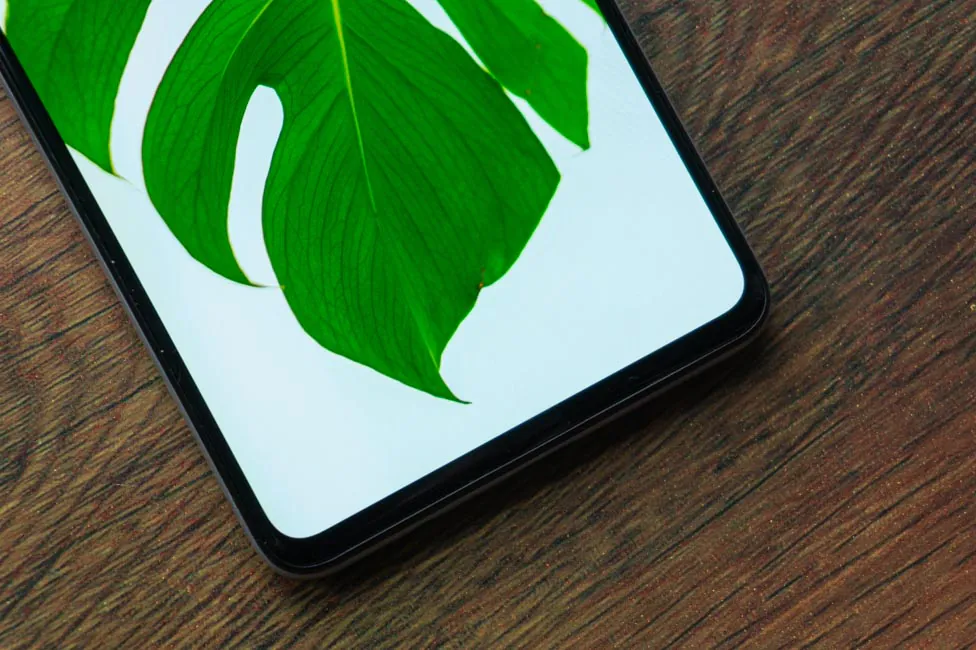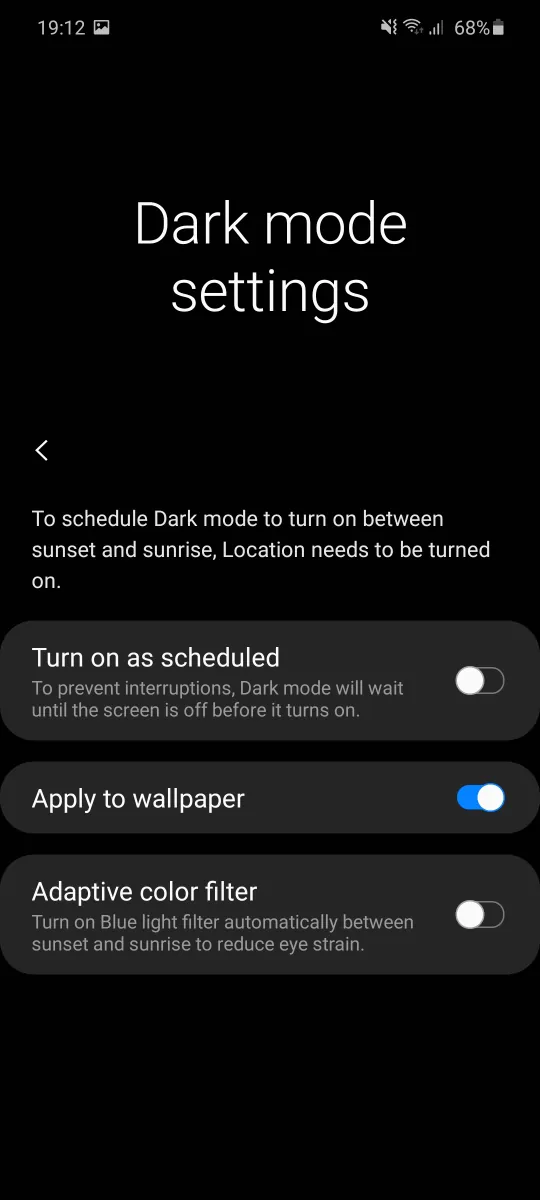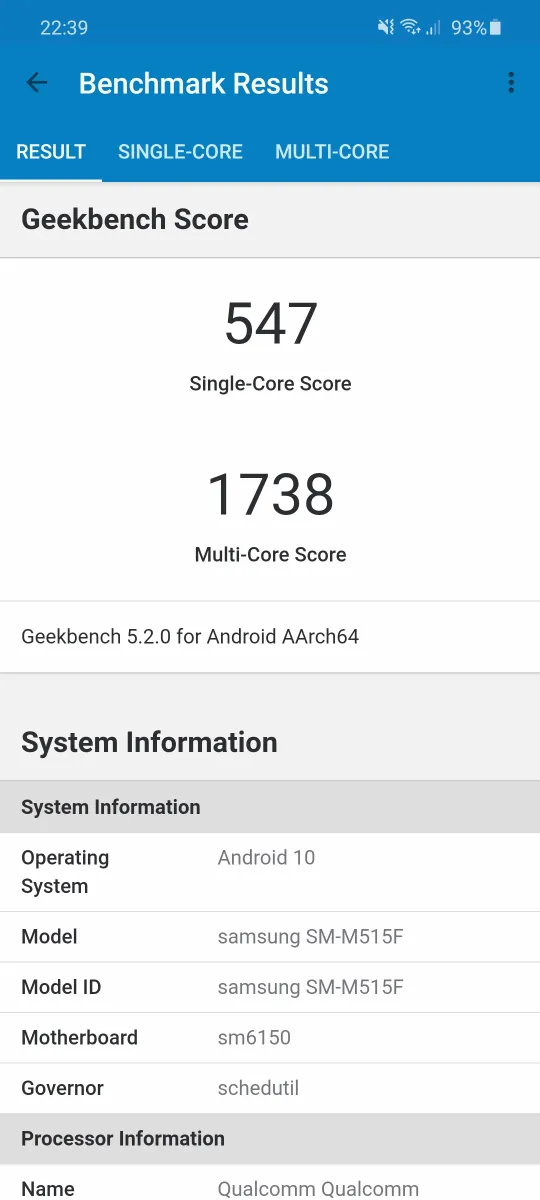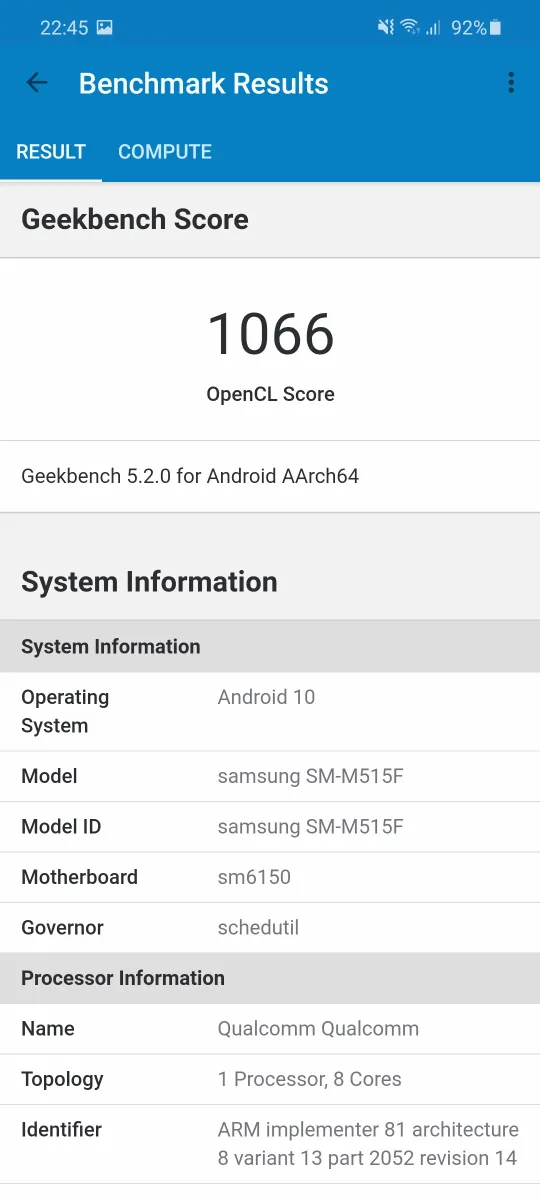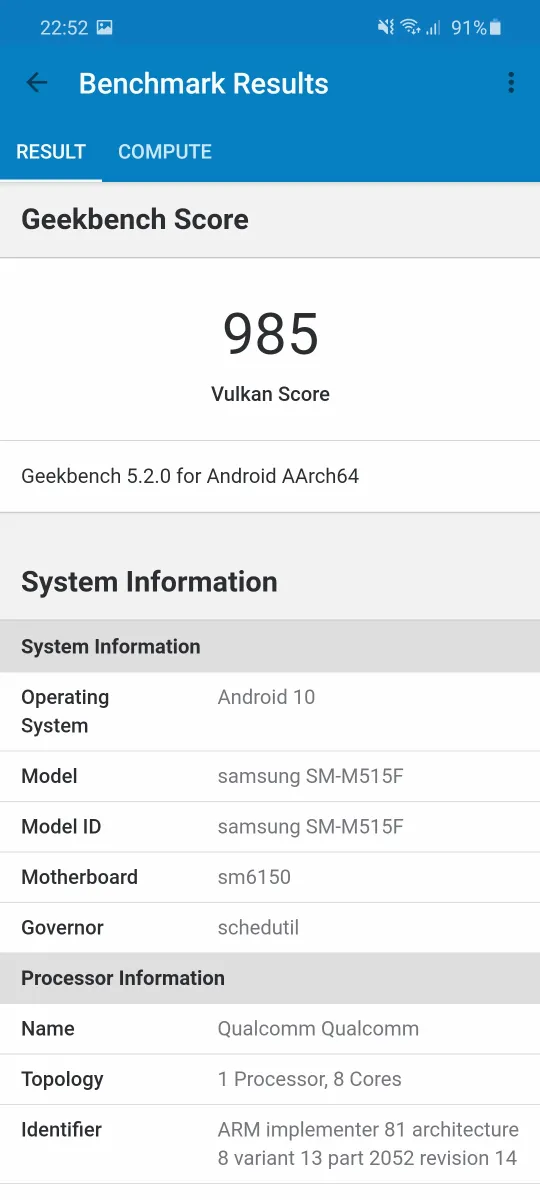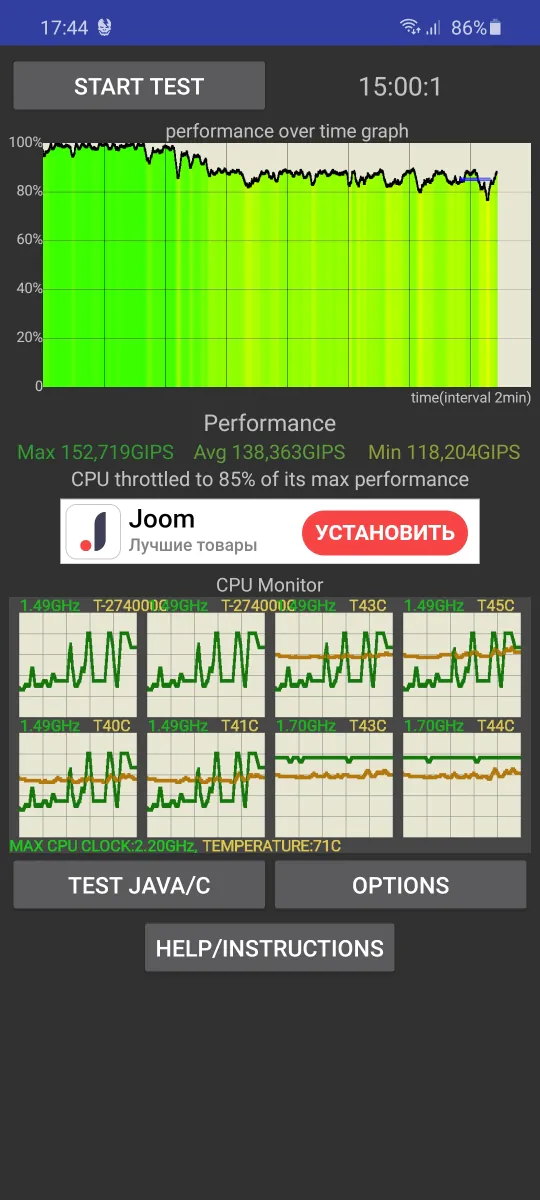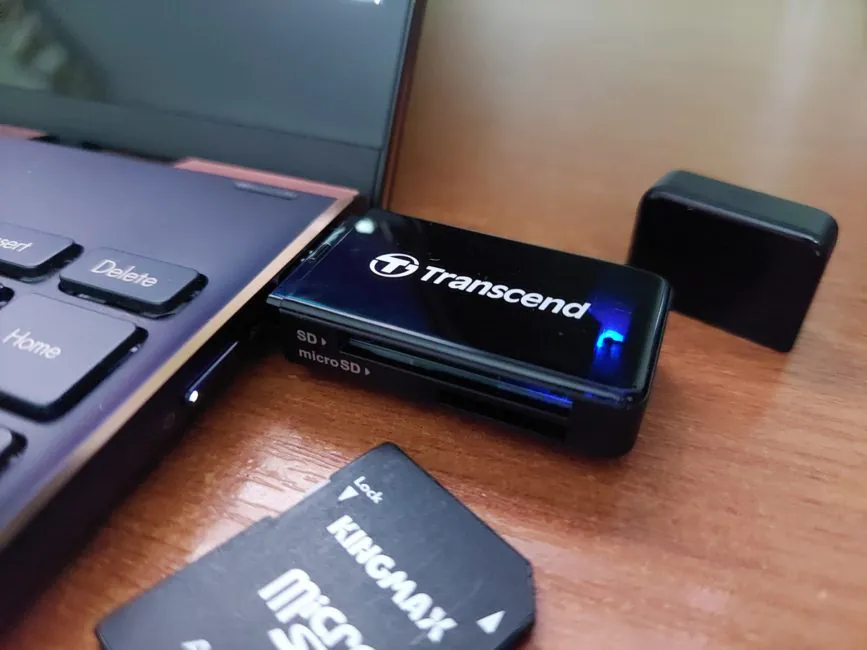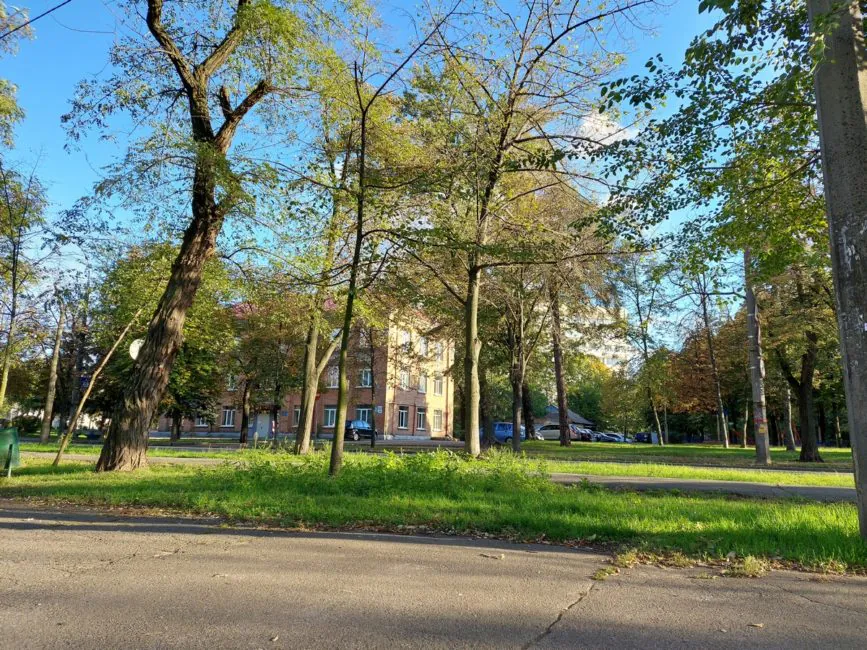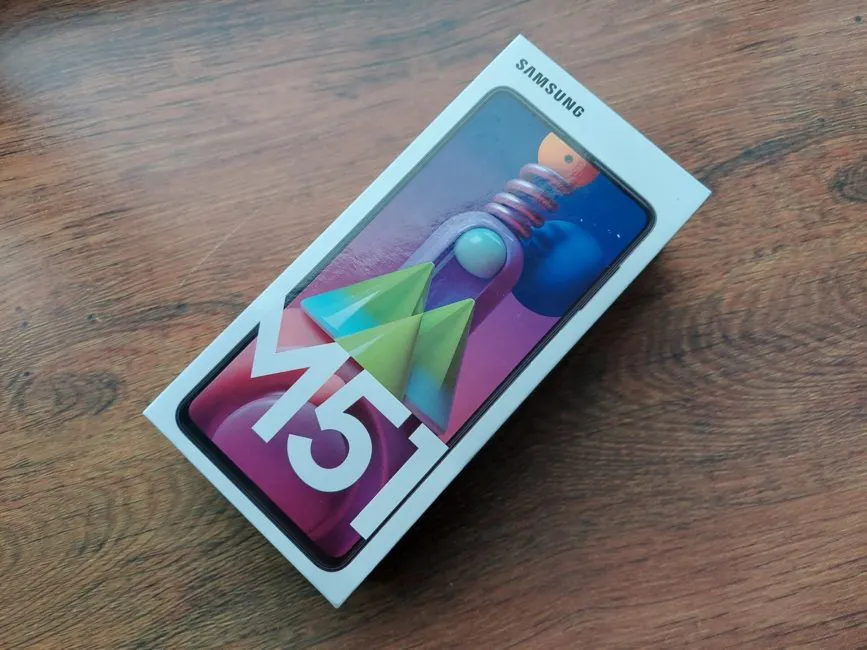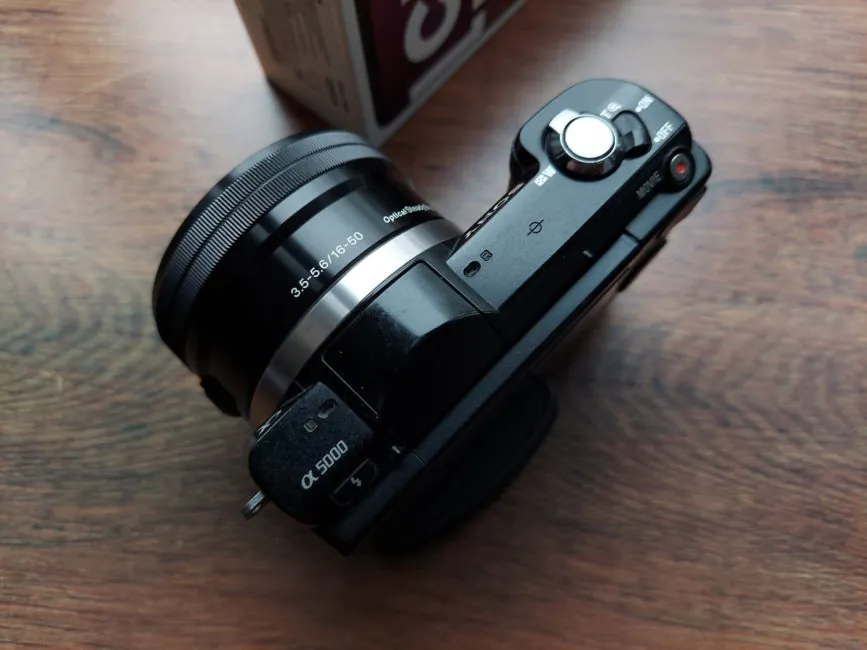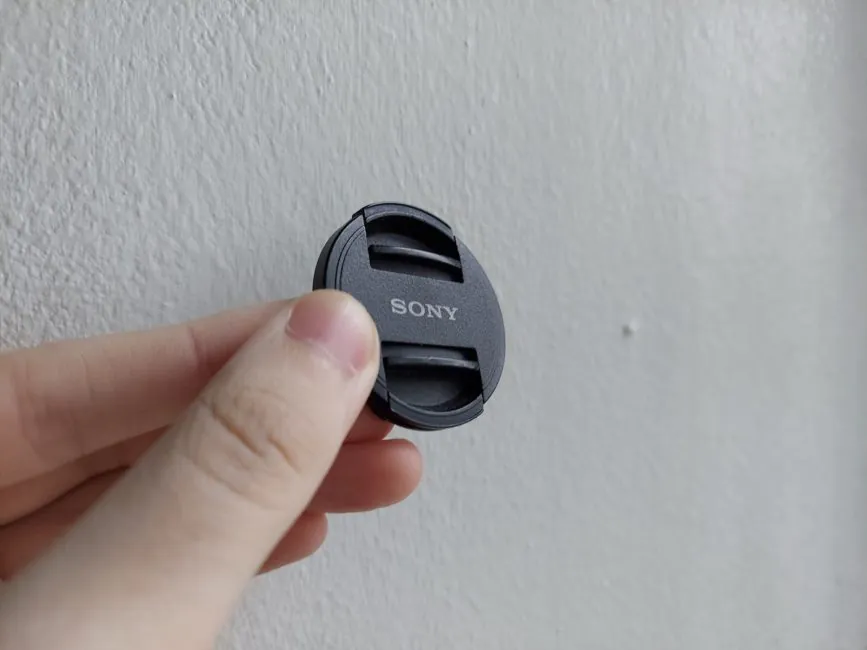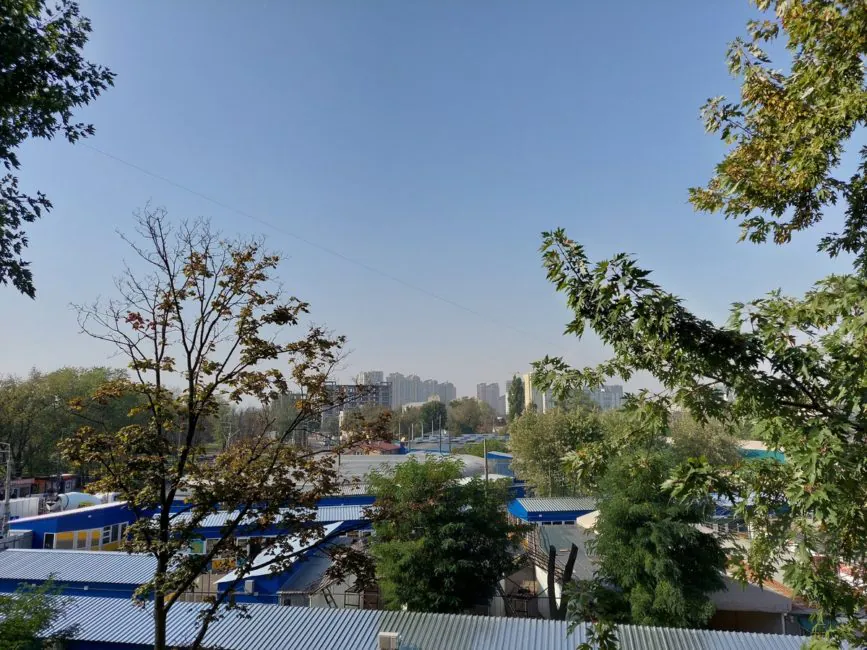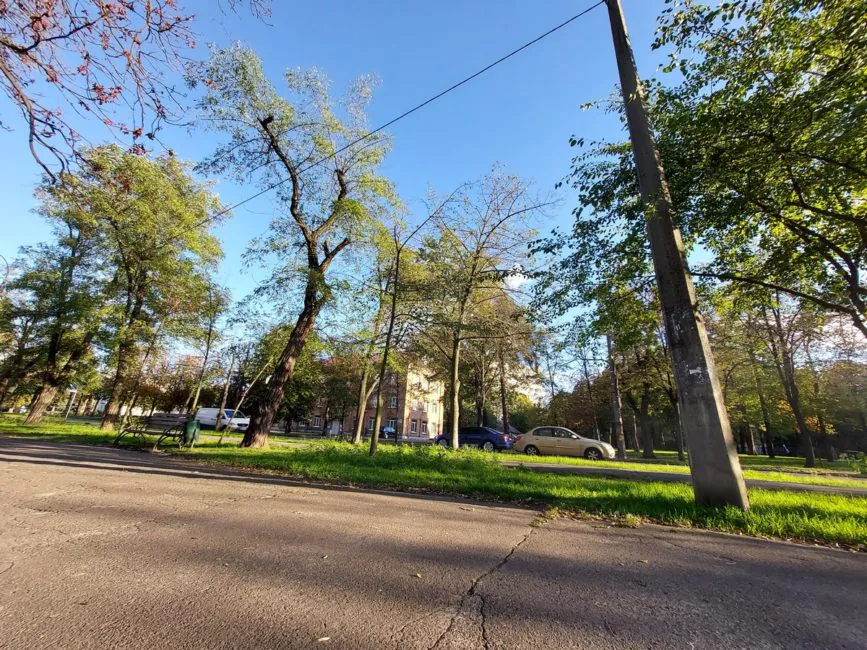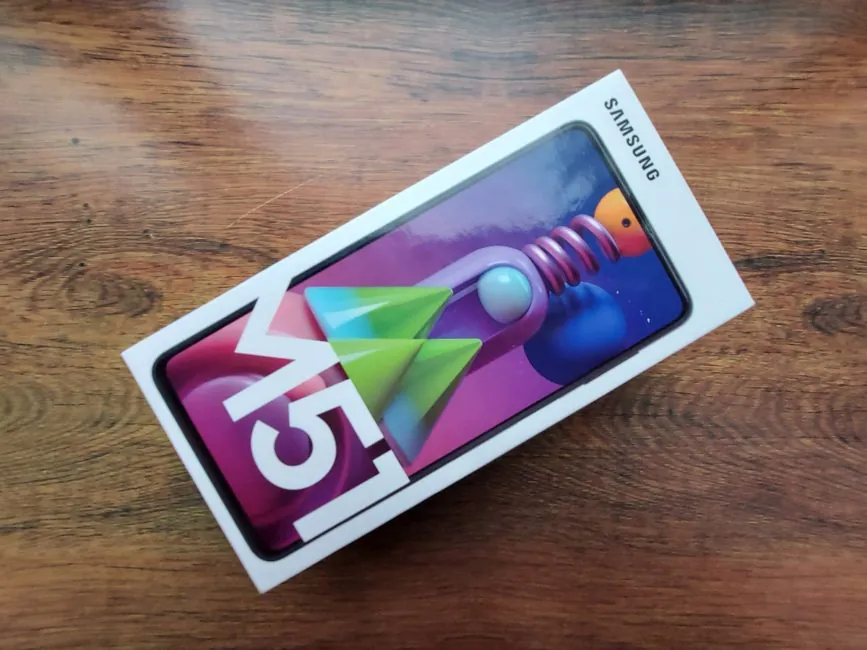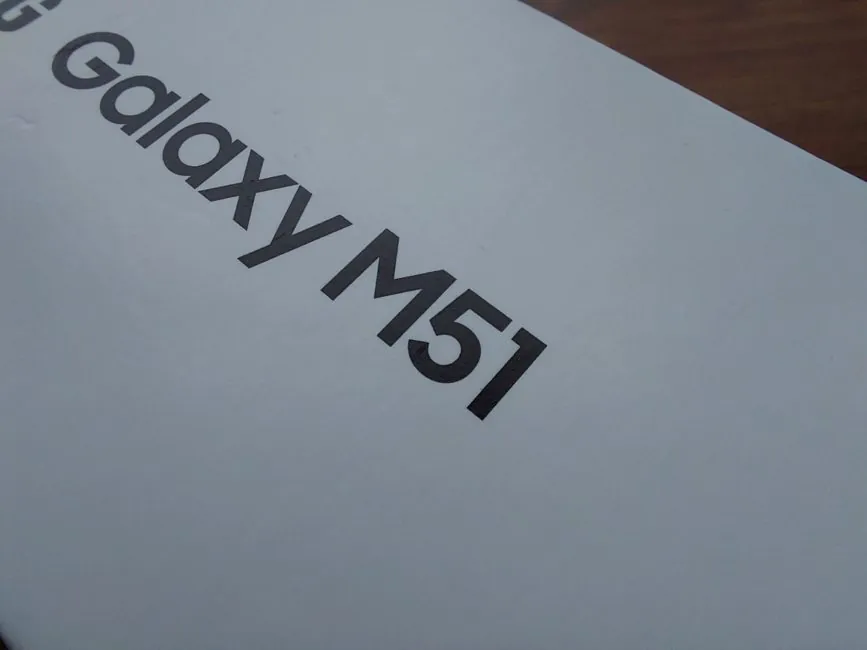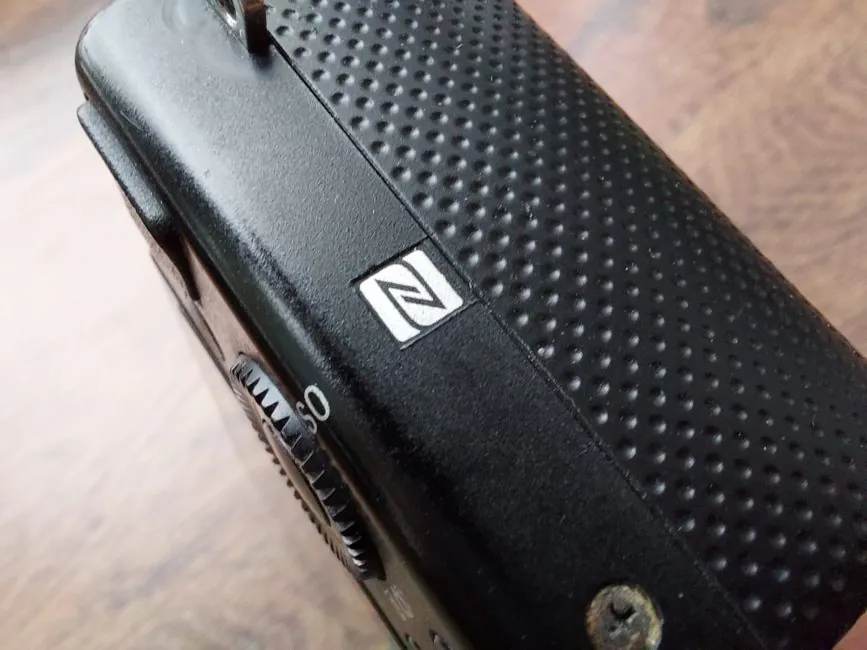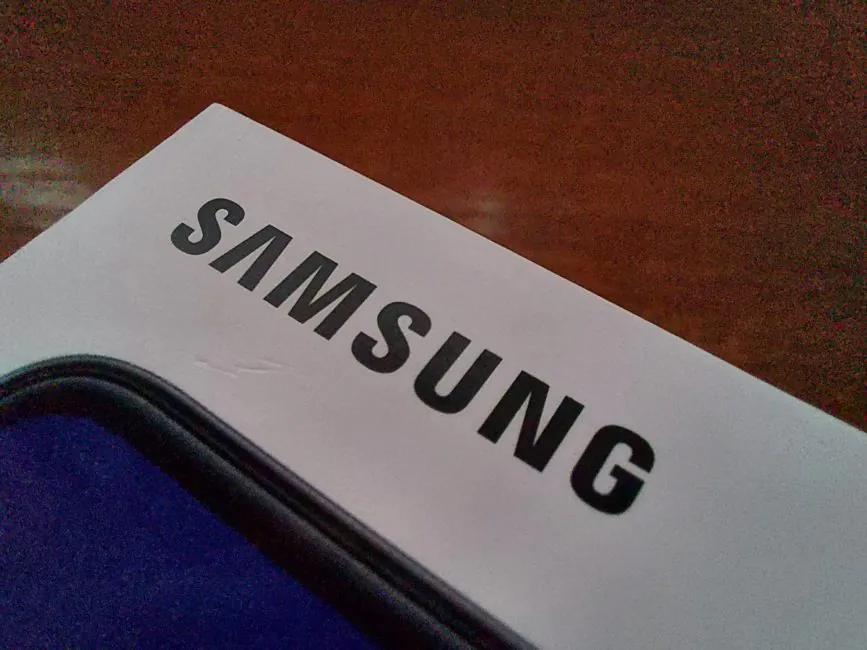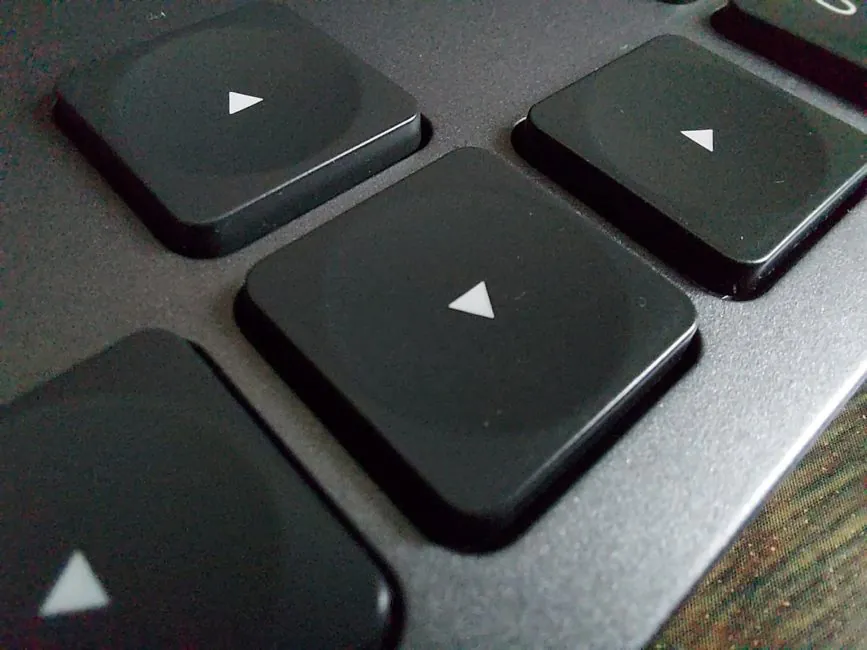© ROOT-NATION.com - Use of content is permitted with a backlink.
At the very end of August, Samsung introduced a new smartphone of the popular M-series – Samsung Galaxy M51. This is a smartphone with a large screen, an impressive battery capacity, the Qualcomm platform and at the same time the price of Samsung Galaxy A71, which has been on the market for more than six months. Having used the Samsung Galaxy M51 as my main smartphone for several weeks now, I am ready to share my own observations.
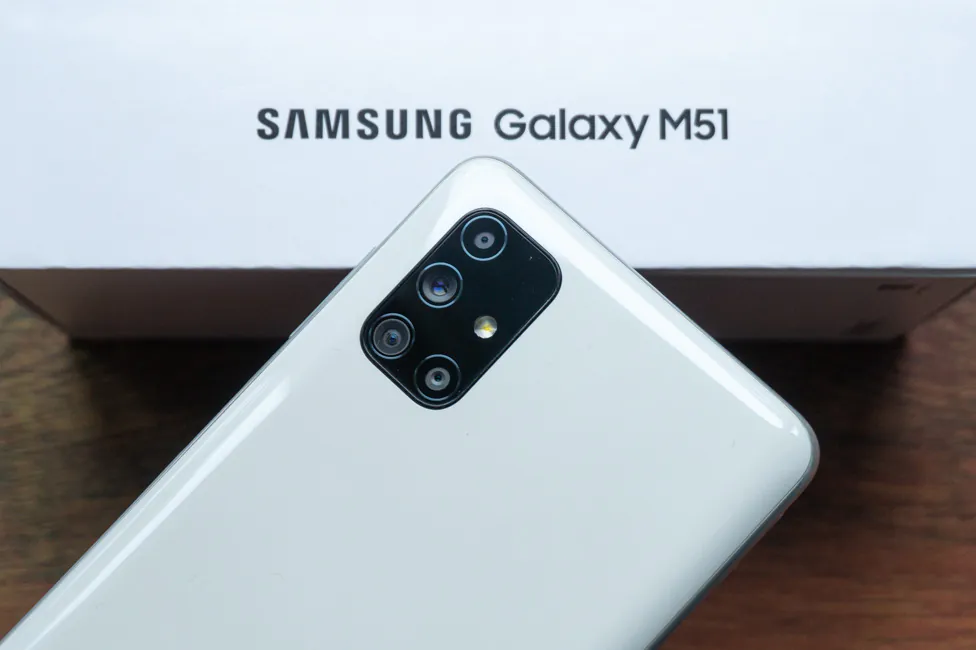
Samsung Galaxy M51 specs
| Network | Technology | GSM / HSPA / LTE |
|---|
| Launch | Announced | 2020, August 31 |
|---|---|---|
| Status | Available. Released 2020, September 11 |
| Body | Dimensions | 163.9 x 76.3 x 9.5 mm (6.45 x 3.00 x 0.37 in) |
|---|---|---|
| Weight | 213 g (7.51 oz) | |
| Build | Glass front (Gorilla Glass 3), plastic back, plastic frame | |
| SIM | Dual SIM (Nano-SIM, dual stand-by) |
| Display | Type | Super AMOLED Plus |
|---|---|---|
| Size | 6.7 inches, 108.4 cm2 (~86.7% screen-to-body ratio) | |
| Resolution | 1080 x 2400 pixels, 20:9 ratio (~393 ppi density) | |
| Protection | Corning Gorilla Glass 3 |
| Platform | OS | Android 10, One UI 2.1 |
|---|---|---|
| Chipset | Qualcomm SDM730 Snapdragon 730G (8 nm) | |
| CPU | Octa-core (2×2.2 GHz Kryo 470 Gold & 6×1.8 GHz Kryo 470 Silver) | |
| GPU | Adreno 618 |
| Memory | Card slot | microSDXC (dedicated slot) |
|---|---|---|
| Internal | 128GB 6GB RAM, 128GB 8GB RAM |
| Main Camera | Quad | 64 MP, f/1.8, 26mm (wide), 1/1.73″, 0.8µm, PDAF 12 MP, f/2.2, 123˚ (ultrawide) 5 MP, f/2.4, (macro) 5 MP, f/2.4, (depth) |
|---|---|---|
| Features | LED flash, panorama, HDR | |
| Video | 4K@30fps, 1080p@30fps |
| Selfie camera | Single | 32 MP, f/2.0, 26mm (wide), 1/2.8″, 0.8µm |
|---|---|---|
| Features | HDR | |
| Video | 1080p@30fps |
| Sound | Loudspeaker | Yes |
|---|---|---|
| 3.5mm jack | Yes |
| Comms | WLAN | Wi-Fi 802.11 a/b/g/n/ac, dual-band, Wi-Fi Direct, hotspot |
|---|---|---|
| Bluetooth | 5.0, A2DP, LE | |
| GPS | Yes, with A-GPS, GLONASS, GALILEO, BDS | |
| NFC | Yes | |
| Radio | FM radio | |
| USB | USB Type-C 2.0 |
| Features | Sensors | Fingerprint (side-mounted), accelerometer, gyro, proximity, compass |
|---|
| Battery | Type | Li-Po 7000 mAh, non-removable |
|---|---|---|
| Charging | Fast charging 25W, 100% in 115 min (advertised) Reverse charging |
Price and positioning
The Samsung Galaxy M51 is costs about €329.00. In the current Galaxy M line, this is a top-end solution, and for the price the smartphone competes with the Galaxy A71, which, suddenly, is the most sophisticated representative in the current Galaxy A series on our market. So let’s figure out what features the M51 has, how it differs from the A71, and what letter is better – A or M?
Where to buy Samsung Galaxy M51:
- AliExpress
What’s in the box
In a simple white cardboard box the user will find a smartphone, a 25 W USB-C power adapter, a USB-C/USB-C cable, a SIM card eject tool, and a small set of documentation. There is no cover, but the adapter is powerful, which is nice – more often than not Samsung puts the most basic adapter.
Design, materials and build quality
Coming back to the Galaxy A71, it should be said that the front of the new M51 looks exactly the same. Relatively thin bezels, a wider bottom margin and a front-facing camera embedded in the top-center of the screen are nothing new. The camera still has an additional edging in the form of a silver ring, as well as the same wide black edging, which visually increases the notch.
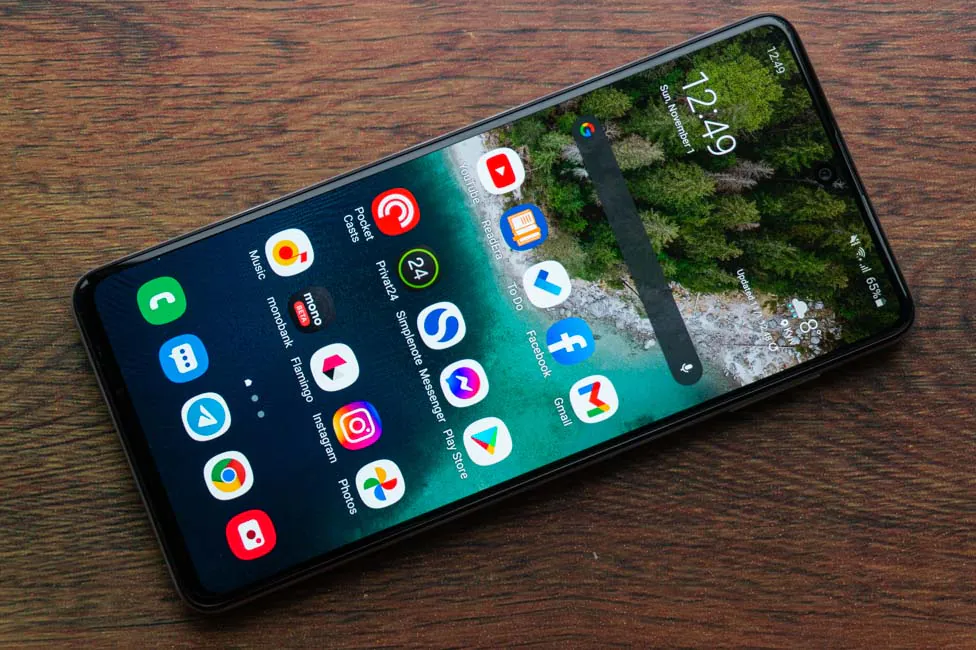
I have already told you about it in the review of the 71, but I will briefly remind you here. The camera eye is not centered. It is shifted to the left, not in the center of the circle, and it doesn’t look very good. Why add such a wide edging, which is absent in the devices of the current S-series and even in the Samsung Galaxy A51, is incomprehensible to me.
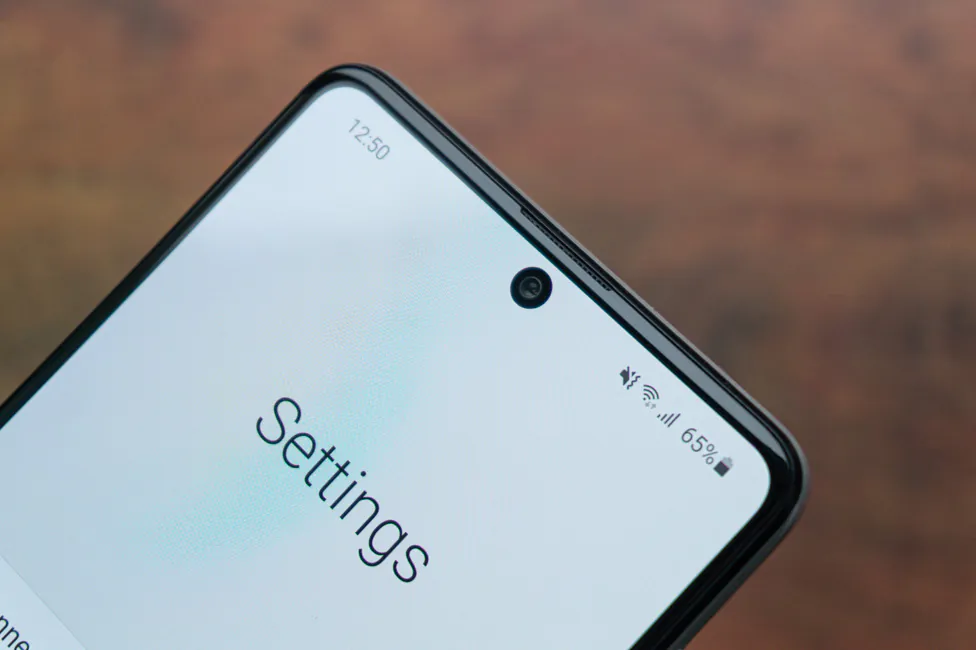
Otherwise, there are, of course, differences, but not very significant. The camera block is quite typical for mid-range Samsung smartphones – a black rectangle with rounded corners.
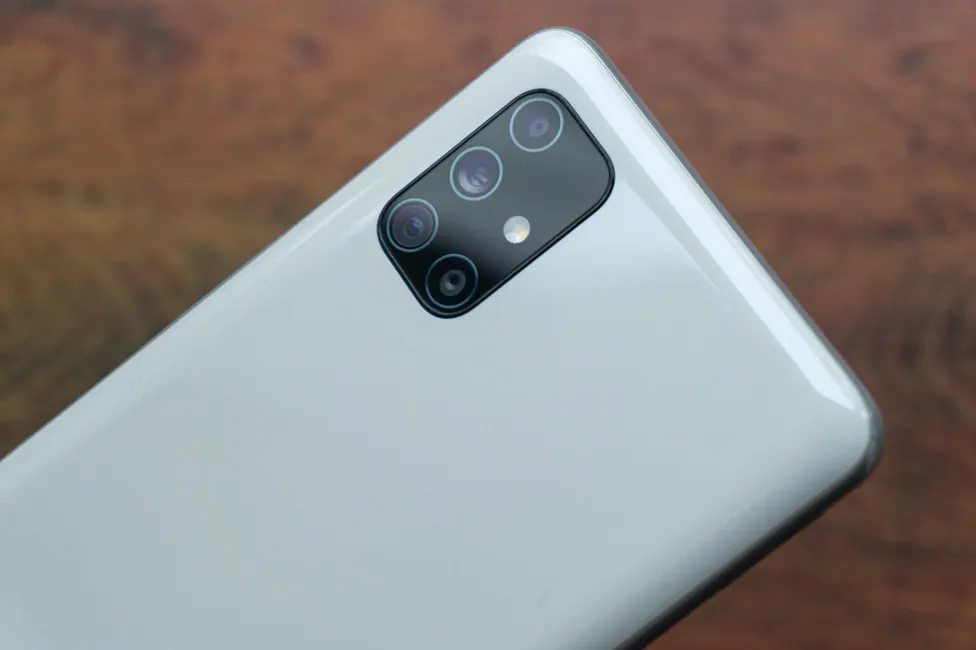
On the back plate there is no pattern, iridescent effect or other decorations – just a white solid color. It looks okay, albeit less interesting in comparison with the A-series.
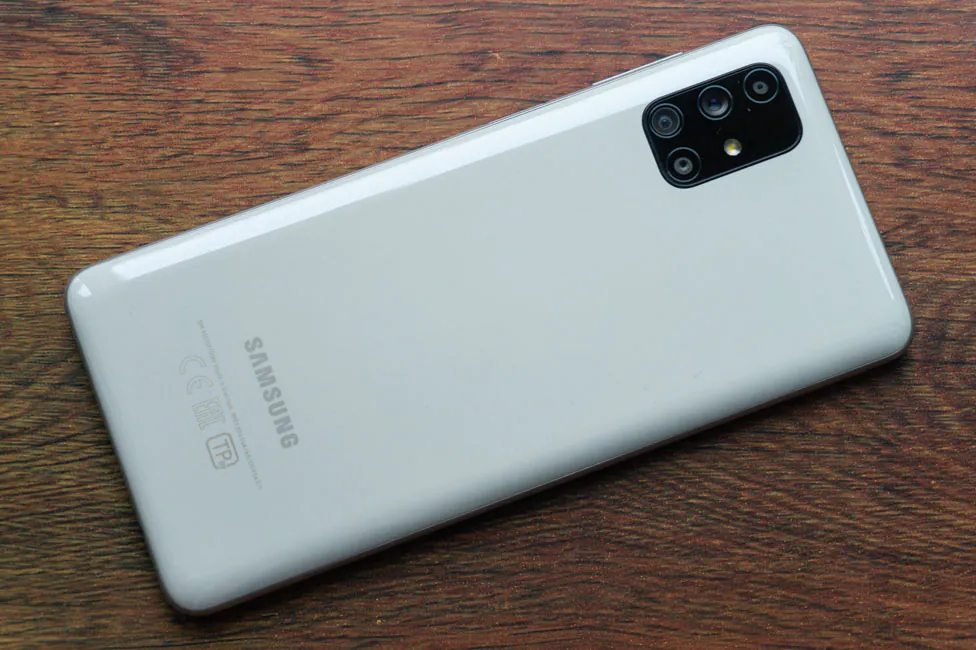
The back panel is glossy plastic, the frame is the same, and the screen is covered by Gorilla Glass 3. Nothing new in this regard, while other manufacturers can provide glass of a new generation, moreover, on both sides and in cheaper devices. The plastic frame tries to imitate the metallic one with its silvery color.
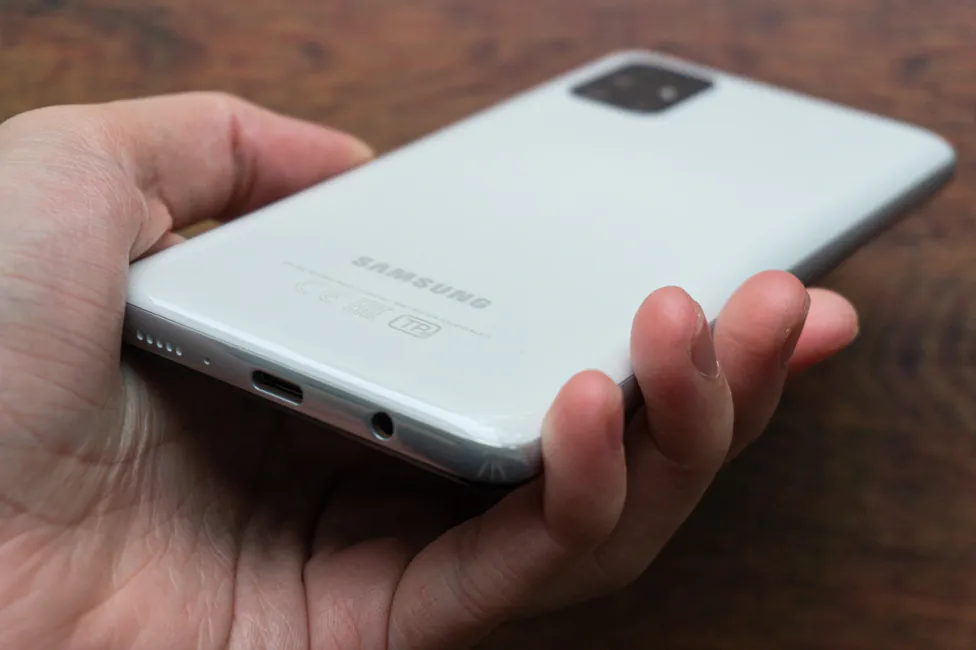
There are several colors, as usual. However, the choice is not great and all the colors are quite strict: white, black and dark blue. But I will clarify that the latter is presented only in the Indian market. And it, in turn, replaces the white one, which is sold in other markets.
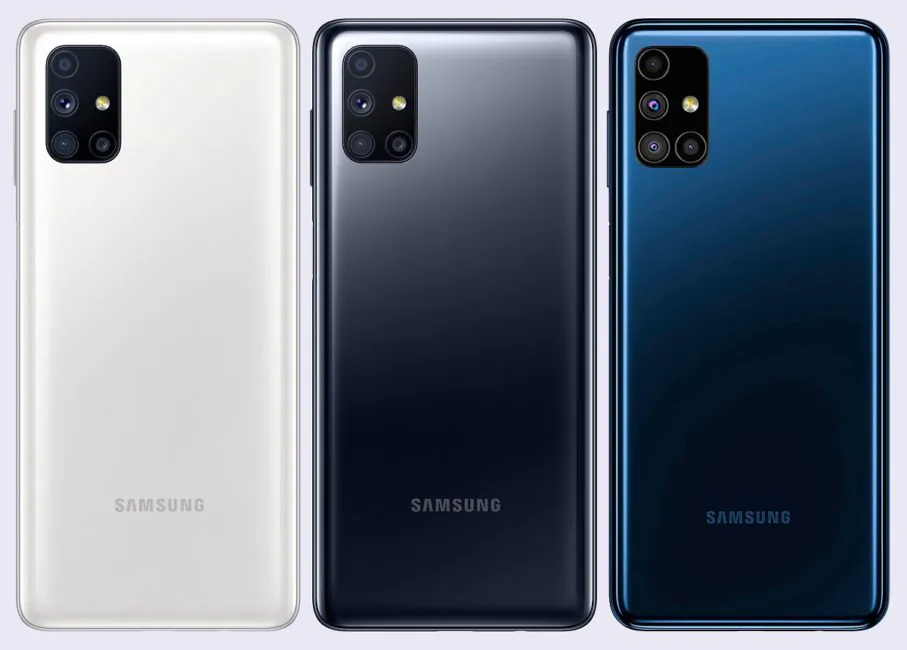
I have a white smartphone on my test and it has obvious advantages over other options. What I mean is that it’s less of a fingerprint magnet. But due to the fact that both elements (frame and back panel) are glossy, sweat marks will still remain and even individual prints will be visible in the light. But the block with cameras protrudes above the body by about a millimeter – in our times, one might say, it does not protrudes at all. And the build quality is excellent.
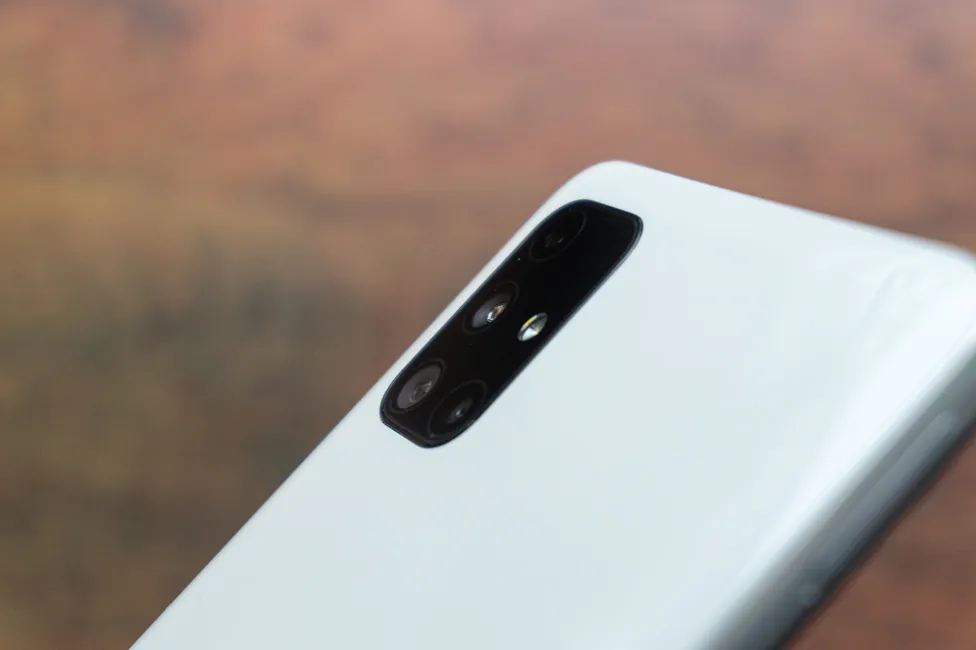
Elements configuration
In front of the screen there is an earpiece speaker, and all other elements are hidden in and under the screen: there is the selfie camera, as well as light and proximity sensors. There is no LED for notifications.
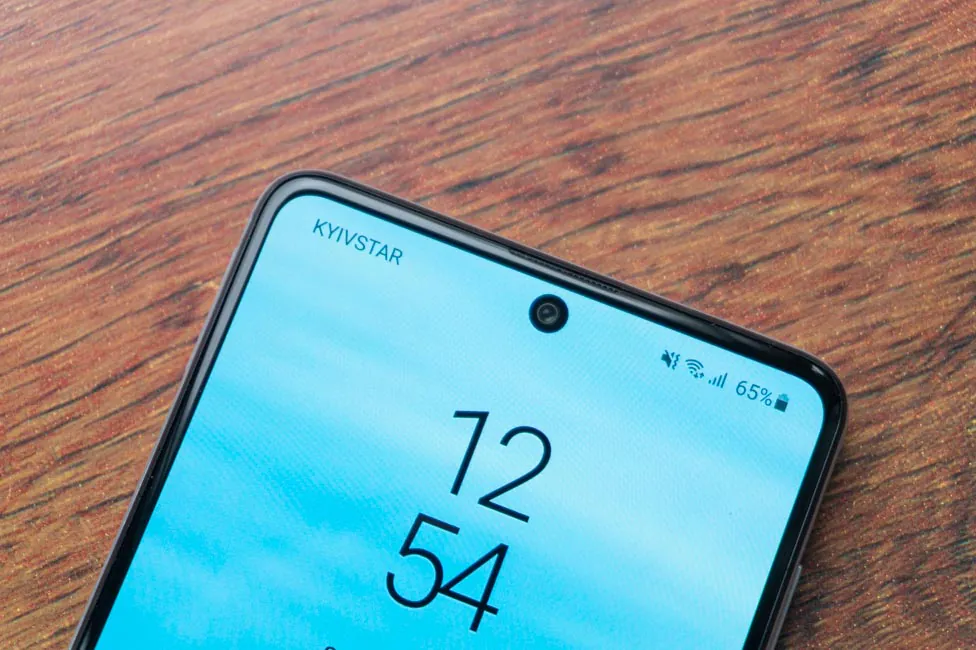
On the right side, you can find the volume rocker and the power button combined with a fingerprint scanner. On the left there is only a slot for three cards: two nanoSIM and a microSD memory card.
Below are the slots behind which the multimedia speaker is hidden, next to the main microphone, then the USB Type-C port in the center and a 3.5 mm audio jack. Above, there is only one additional microphone for noise reduction.
Behind in the upper left corner is the already mentioned, almost not protruding above the surface, a block with four camera modules in an additional edging and a flash. Below is the Samsung logo and a whole scattering of various service markings.
Ergonomics
Samsung Galaxy M51 is definitely a big smartphone. In terms of dimensions, it is slightly larger than the Galaxy A71, although the screen is the same there. But there is an excuse for that, and we’ll talk about it later. The case measures 163.9 x 76.3 x 9.5 mm and weighs 213 grams. What does it mean? The device cannot be comfortably used with one hand and you either have to use the other, or fiddle with your fingers in order to reach the elements at the top of the screen.
It’s thick, but it is slightly smoothed out by the rounding of the back panel. It’s not the heaviest, although the M51 will be heftier than many smartphones from the same price category. But then again, there are good reasons for this. The power button, aka a fingerprint scanner, is located in a quite convenient place, but you have to reach for the volume control key – it is located too high.
Samsung Galaxy M51 display
The phone has a 6.7″ screen with a Super AMOLED Plus matrix and Full HD+ resolution (2400 × 1080 pixels). Its aspect ratio is 20:9, the pixel density is approximately 393 ppi, and the refresh rate is classic 60 Hz. On paper, this is basically the same display as the Galaxy A71 has.
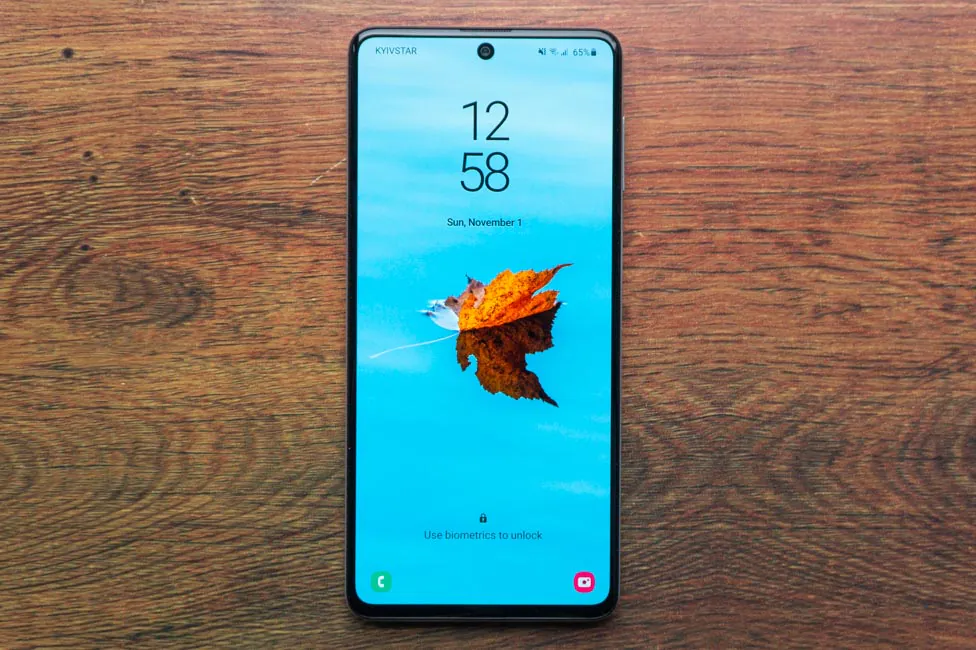
And that’s not bad because the screen is really good. The margin of brightness is large, the display remains readable in the sun. Saturation, contrast – everything is great. With regards to color rendition, it can be both saturated and more muted and natural. The user can choose what is more pleasing to the eye.
Viewing angles are very wide and you can only encounter a bluish tint when viewing white from an angle. The resolution is also entirely sufficient for such a diagonal. In short – everything is in the best traditions, but so far without the increased refresh rate and without the flicker reduction function.
The settings have a standard set of options: light/dark mode, blue light filter, two color profiles with the ability to change the white balance in a saturated one, full-screen support, scaling, protection against accidental touches and increasing the sensitivity of the touch layer. Plus, the Always On Display has not gone anywhere with a choice of a schedule, many watchfaces and other means of customizing the display.
I didn’t like only two things. From time to time the proximity sensor makes mistakes. So, if protection against false touches is enabled, then a window may suddenly appear and block the screen, although the sensor, it would seem, was not blocked. It activates for no particular reason. And I did not like the light sensor. It is located in a wrong place and always gets in the way when playing games, which leads to a decrease in display brightness at the most inopportune moment.
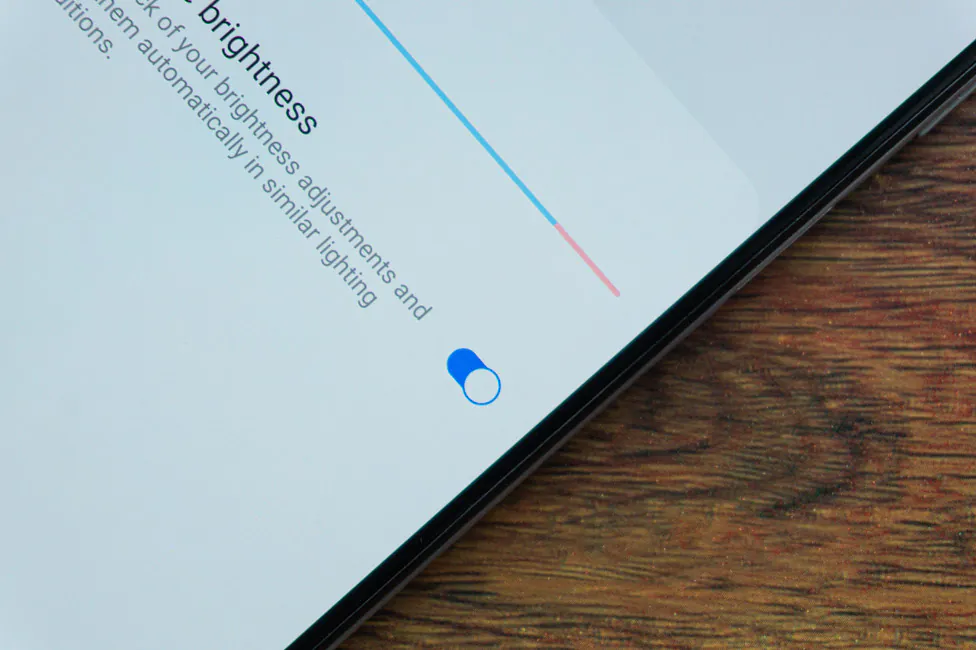
Samsung Galaxy M51 performance
In terms of hardware, we have a typical mid-ranger. The Samsung Galaxy M51 is powered by the Qualcomm SDM730 Snapdragon 730G chipset. This is the same 8nm Snapdragon 730 with eight cores divided into two clusters: two Kryo 470 Gold cores are clocked at up to 2.2 GHz and six Kryo 470 Silver cores are capable of being clocked at up to 1.8 GHz. The graphics accelerator is also identical – Adreno 618. When overclocked, the overall performance of the graphics subsystem, according to Qualcomm, increases by 15% compared to the usual 730.
RAM can be 6 or 8 GB LPDDR4x type. The availability of versions depends on the region, but in Ukraine, for example, only one configuration with 6 GB of RAM is officially sold. And it’s more than enough. For this level of platform 6 GB is enough in my opinion.
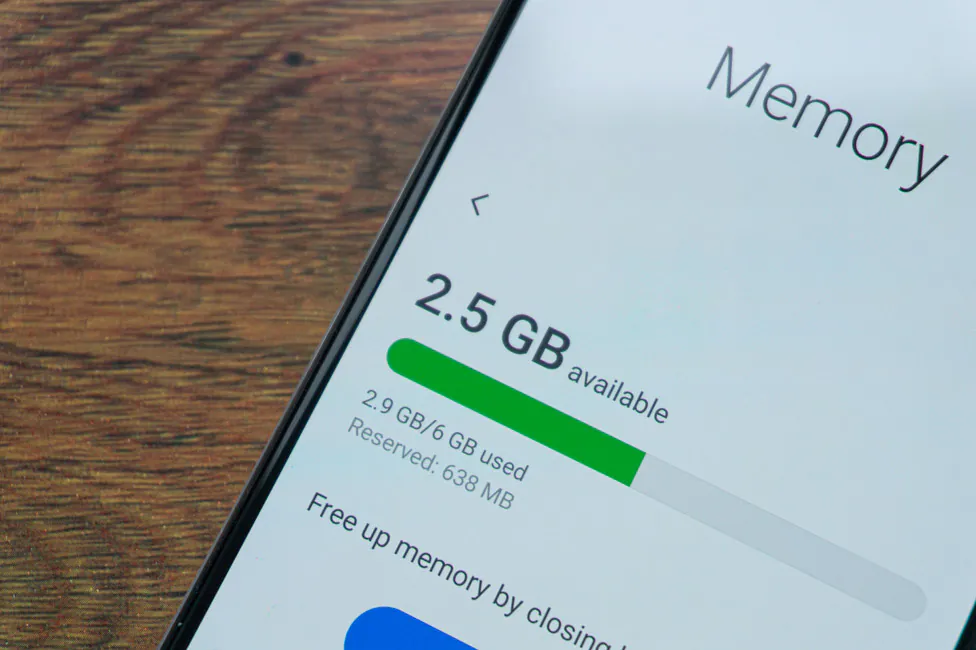
In all cases, we get 128 GB of storage, and the type of drive is UFS 2.1. The user is allocated 109.63 GB. Plus, don’t forget that storage capacity can be expanded by installing a microSD memory card up to 512 GB. And what’s nice is that you don’t have to sacrifice a second SIM card, since the slot is designed for all three cards simultaneously.
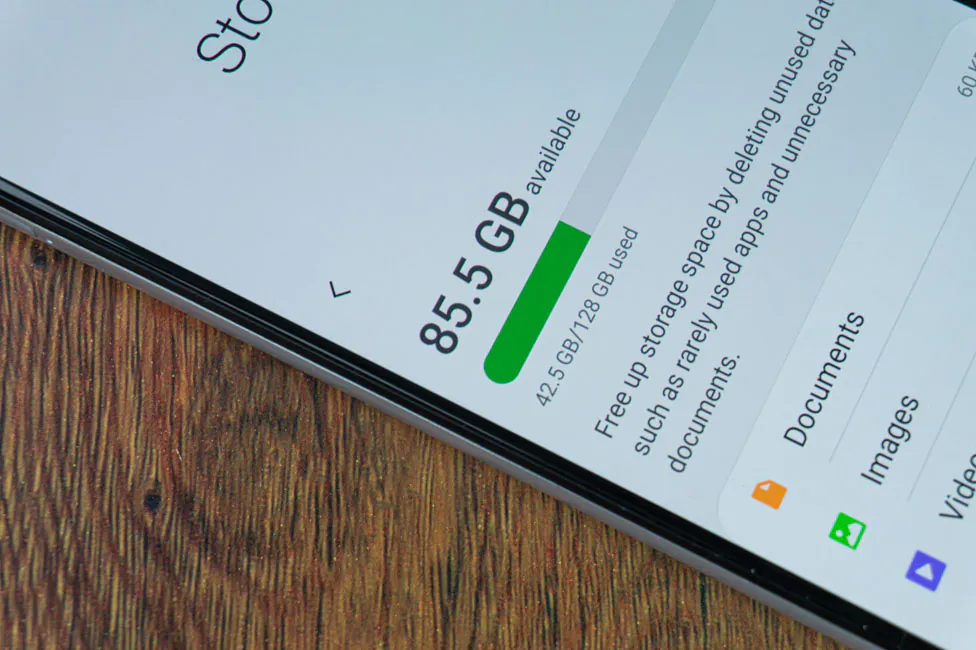
In operation, the smartphone is fast and smooth, there are no problems with animations and the device works as expected for its class. Speaking about heavy games, I suggest looking at the FPS measurements taken using the Gamebench utility. For starters – with no additional manipulations with Game Launcher. By the way, if you are not aware of the amazing “optimization”, then I recommend reading about this in more detail in the review of the Samsung Galaxy Note20, a link to instructions on how to disable game services is there. So here are the measurements with Samsung’s gaming services enabled:
- Call of Duty: Mobile – very high, all effects are enabled except for reflections, Battlefront mode, an average of 52 FPS; Battle Royale, an average of 39 FPS
- PUBG Mobile – high graphics settings with anti-aliasing and shadows, an average of 30 FPS (game limit)
- Shadowgun Legends – ultra graphics, an average of 49 FPS
As you can see, the results are generally quite good for a smartphone of this level. But the situation is exactly the same as with the Note20. That is, the average FPS seems to be quite normal, but there are frequent microfreezes. If you turn off this “optimization”, the average FPS as a whole will remain at the same level. Although the percentage of frames with an average value will change more significantly. FPS can grow by 1-3 frames, which seems to be a little, but the microfreezes will disappear. In addition, the responsiveness of controls in games becomes much better, which I still cannot understand. What kind of “optimization” can “kill” responsiveness? The difference is actually very noticeable and it is more pleasant to play with such responsive controls.
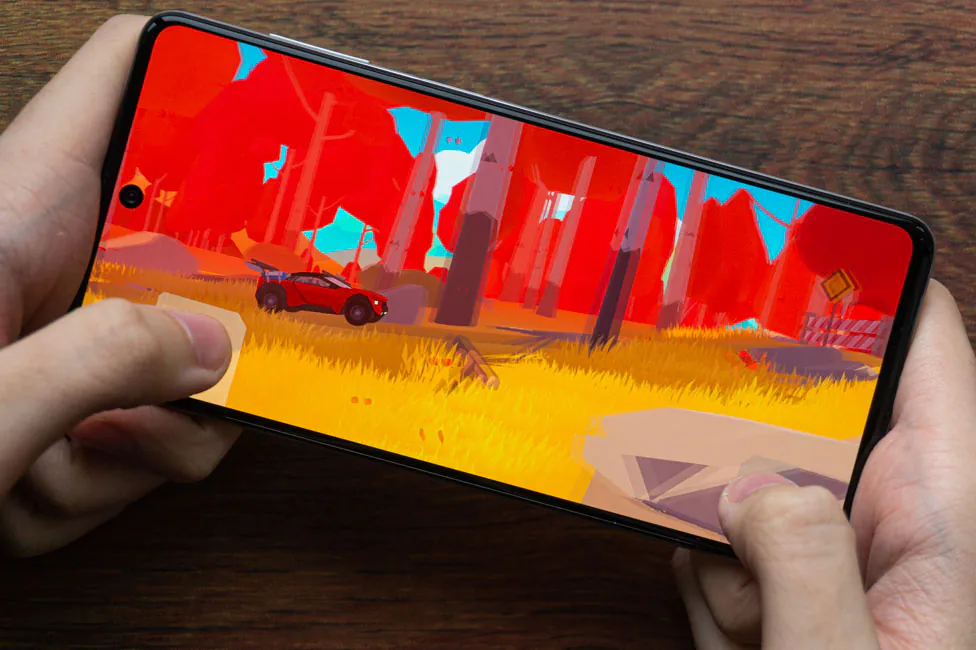
For example, here is a graph of measurements in Shadowgun Legends with “optimization” and without it. Not nearly as impressive as the difference in the Note20, but there are differences here too. That is, those who play a lot of demanding games should turn off Game Launcher, especially since this can be done even with regular means.

Samsung Galaxy M51 cameras
The main camera unit of the Samsung Galaxy M51 includes four modules, which are very similar in their characteristics to those installed in the Galaxy A71. It is possible that these are the same ones. Main module has a resolution of 64 MP, f/1.8, 1/1.73 ″, 0.8 µm, 26 mm, PDAF. The second ultra-wide-angle lens is 12 MP, f/2.2, 123°. The third is a 5 MP macro, f/2.4, and the fourth is a 5 MP depth sensor, f/2.4.
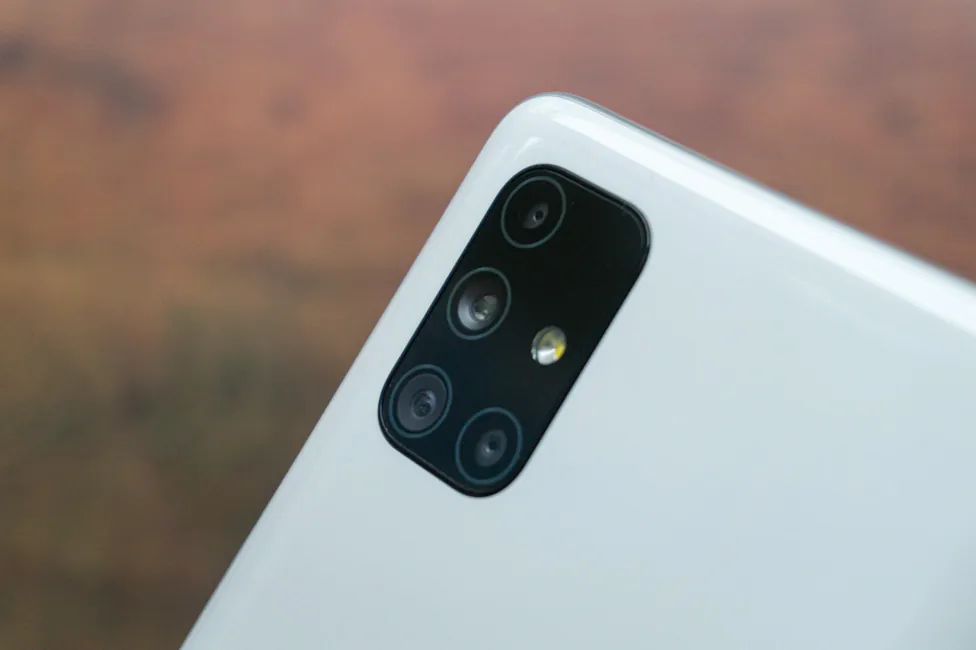
The main module, as usual, saves 16 megapixels photos by default. You can switch to full 64-megapixel resolution by selecting the appropriate format. There is a difference and it lies in the fact that with full resolution the pictures look more detailed, and at 16 megapixels a slight watercolor effect is noticeable. But there are two flies in the ointment: there is more noise at 64 megapixels and such pics take up about twice as much storage space. Daytime shots, shots with good lighting indoors – the camera has no problems. Detailing is fine, colors too. If you’re shooting in low light or at night, it’s best to turn on Night Mode. As a result, the photos will be better quality than without it, but nothing supernatural, of course, should be expected – just acceptable pictures. Also, keep in mind that in night mode there is a small crop and the frame resolution will be 12 megapixels.
EXAMPLES OF PHOTOS IN FULL RESOLUTION FROM THE MAIN CAMERA
The ultra-wide-angle lens, traditionaly for the manufacturer’s smartphones, has a fairly wide angle. Still, 123° is not found in every ultra-wide-angle lens, but in terms of quality it is also without surprises. When there’s enough light, the results are quite normal, although they differ slightly in color and white balance from the main lens. When there’s not much light, don’t expect miracles.
FULL RESOLUTION PHOTO FROM ULTRA WIDE ANGLE LENS
The macro camera does not surprise. Very demanding on lighting, you can shoot at a distance of 3-5 cm to the subject, but getting a good photo is difficult. Again, because you really need a lot of light, so that there is not a lot of noise, plus you need to hold the smartphone tighter, otherwise you’ll get a slightly blurry picture.
PHOTO IN FULL RESOLUTION IN MACRO MODE
Video can be recorded on both modules in resolution up to 4K at 30 fps – 60 FPS is not supported even in Full HD. In the settings there is a slider for activating stabilization, but it does not significantly eliminate shaking. The most effective stabilization will be when you turn it on directly from the shooting screen, but in this case, it switches to Full HD. The quality of the videos is quite decent, nothing outstanding.
The front camera is 32 megapixels, f/2.0, 1/2.8″, 0.8 µm, 26 mm and it is generally good quality. In natural light it shoots well, but in artificial light it screws the complexion. This camera can also record video in 4K resolution at 30 fps.
In the camera app, in addition to photos and videos, we have “Multi-shot”, manual, panoramas, food, night, live focus, slow motion, super slow motion and accelerated video recording.
Unlocking methods
And here is one interesting point. The Galaxy A71 has an optical fingerprint sensor located under the screen. Here the situation is reversed – the scanner is capacitive, located in the power button. On the one hand – a step back, since the method is not the most modern. But let’s remember how the optical scanner works in Samsung mid-range smartphones. They are not the fastest, and secondly, they are quite demanding on the accuracy.
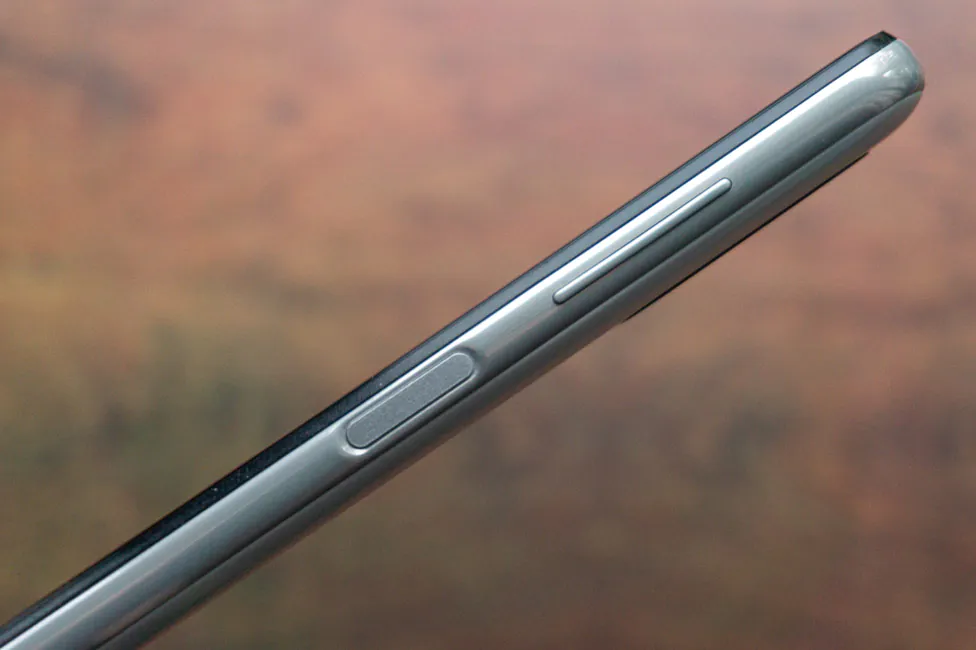
The physical scanner in the M51 is the opposite: it is fast and accurate. It’s a double-edged sword, but when choosing between physical and that optical I prefer the first option. The scanner can work both continuously (with instant unlocking by touching the pad), or start reading only after physically pressing the button.
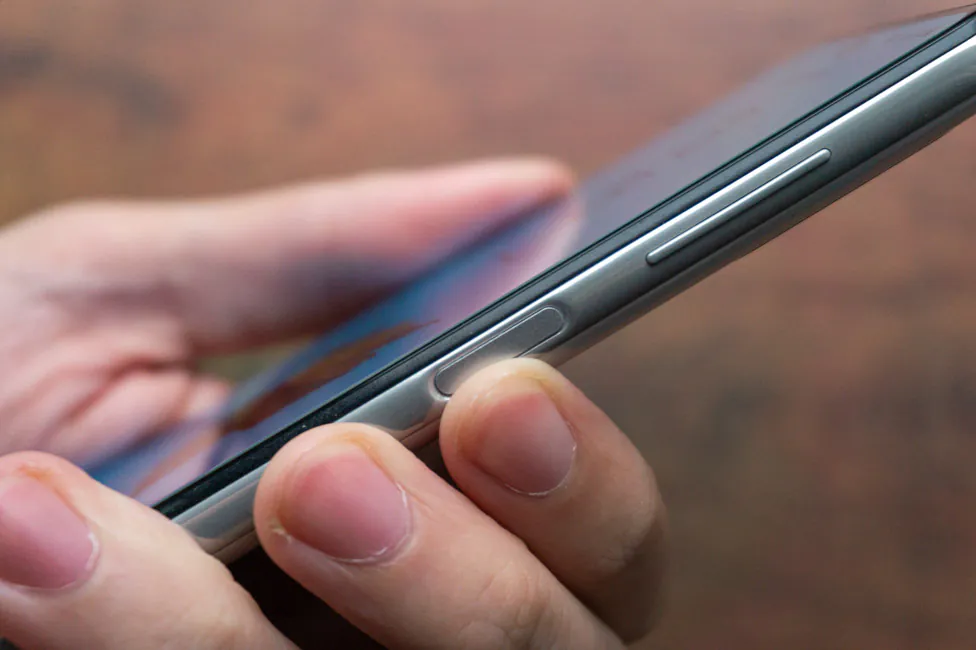
Unlocking by face recognition, of course, is there and it works. It all depends on the level of lighting. When it’s dark there is an option to increase the screen brightness. However, speaking about the recognition speed – I would like it to be a little faster. Now, in various devices from other manufacturers, even more affordable, things are better with this matter.
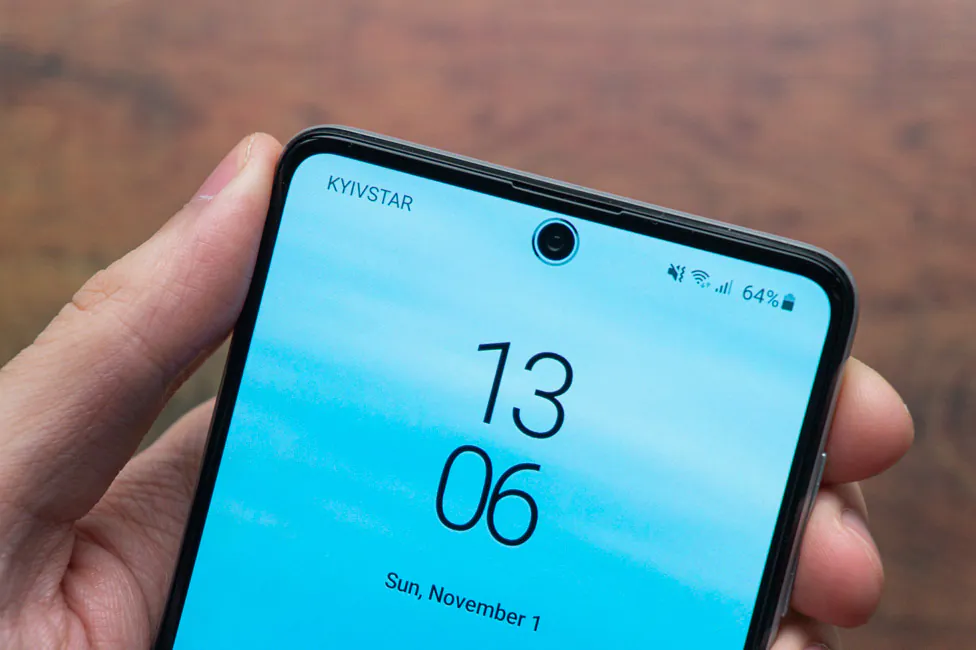
Samsung Galaxy M51 battery life
Let’s move on to the main feature of the Samsung Galaxy M51 – its battery. The battery in the smartphone has a capacity of 7000 mAh and that’s a lot. Yes, M-series smartphones often receive large batteries of 5000-6000 mAh, but this is next level stuff. And as a result, we get almost a leader in terms of autonomy. At least other more or less eminent manufacturers cannot offer anything of the like.
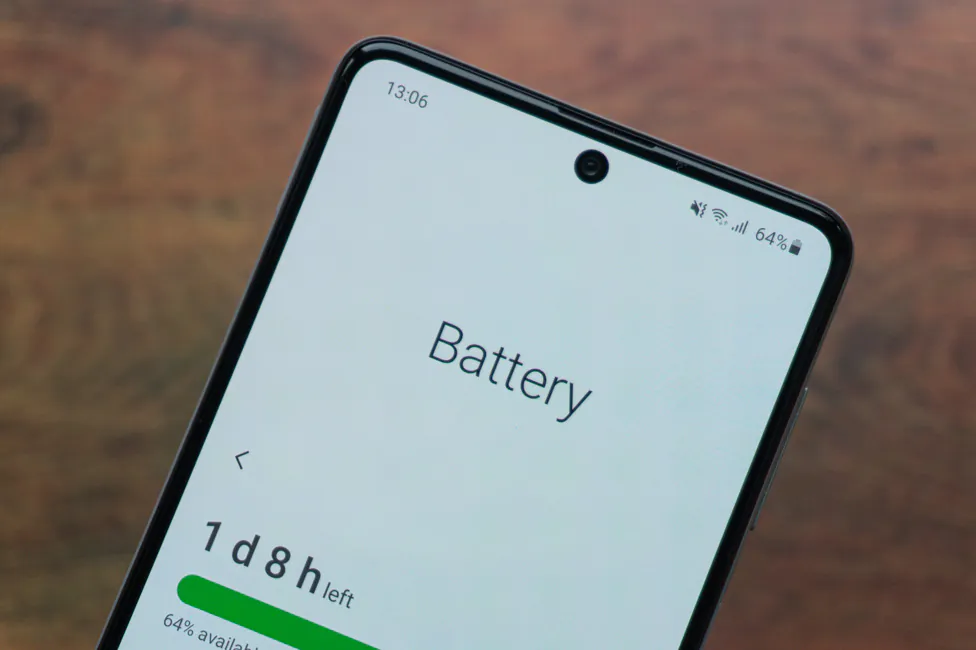
This time, I tested the smartphone in two different use cases. In the first one, I used the Galaxy M51 as usual – during the day, I texted friends, used social networks, browser, camera and everything else. My own smartphone, for example, loses power during daylight hours with about 5 hours of screen time, after which I charge it at night. So, one charge of the Samsung Galaxy M51 was enough for exactly three hours. 4-5 hours of active screen per day. In total, it turned out something like 13 hours of active display, which is great.
The second format meant less frequent use of the. This way the smartphone lasted for 5 days! In total, 9 hours and 58 minutes of the screen. Moreover, in both cases I had the Always On Display enabled on a schedule from 8:00 to 20:00. Also a good result, I have not seen this for a very long time. A more objective view can be obtained from the battery test from PCMark Work 2.0, where the M51 managed to deliver an incredible 12 hours and 36 minutes at maximum display brightness (and it’s very bright). For comparison, Galaxy A71 with 4500 mAh in the same conditions withstood “only” 7 hours and 23 minutes.
But that’s not all! No less impressive is the speed of charging. It is quite possible to charge the phone with a standard power adapter (25 W) and a cable in two hours. I did not measure the process from scratch, but it took only 1 hour and 45 minutes to charge the 7000 mAh battery from 15% to 100%. Very nice! Again, given the size of the battery. Also, you can charge other gadgets by connecting them to the M51. Here are more detailed measurements of the charge rate:
- 00:00 — 15%
- 00:30 — 44%
- 01:00 — 72%
- 01:30 — 92%
- 01:45 — 100%
Sound and communication
The earpiece speaker performs its direct function, the volume is enough, the quality is normal. It is a pity, of course, that it cannot sing along with the main multimedia speaker. By itself, it is average in sound quality, the volume is still enough, but the frequency range is really narrow. For the voice it’s enough, but not for music.

Headphones are another matter. For starters, there’s a 3.5 mm jack on the bottom and wired headphones can be connected to the Galaxy M51 in the most classic way. It’s loud, the output quality is standard and expected. Wirelessly, the situation is similar in all respects. There are Dolby Atmos profiles, equalizer and UHQ upscaler. All effects except the last one are applicable to wireless headphones, which is nice.
Networks are also fine. There is dual-band Wi-Fi 5, stable Bluetooth 5.0 (A2DP, LE), relatively accurate GPS (A-GPS, GLONASS, BDS) and an NFC module.
Firmware and software
The software is nothing new – the smartphone runs on the Android 10, on top of which the One UI version 2.1 is installed. I saw nothing new in relation to other smartphones with the same shell, everything is familiar. There are tools for customization, you can launch of any application by pressing the power key twice, there are various gestures for performing quick actions, one-handed control mode, cloning applications and much more.
Verdict
Samsung Galaxy M51 is a smartphone with a large and high-quality display, sufficient performance, decent cameras and, most importantly, excellent battery life. One might even say the phone has no real competitors. In general – a very good smartphone, especially for those who value the battery life.
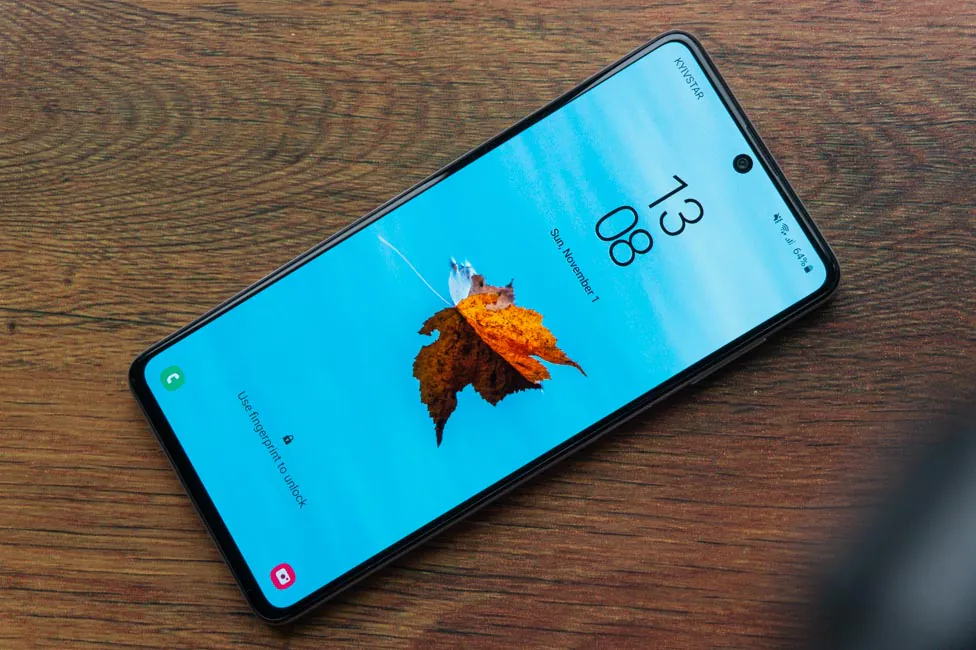
Of course, visually A71 looks a little more interesting in my opinion, besides, it is a little more compact. However, the M51 battery is beyond competition. Otherwise, everything more or less similar, so if size and design are not as important as the battery, the choice is obvious.

Where to buy
- AliExpress
Subscribe to our accounts:


